|
BOTTICELLI - BANQUET IN A PINE FOREST - PAGE
2
|
The Ingredients of the Sacrament |
|
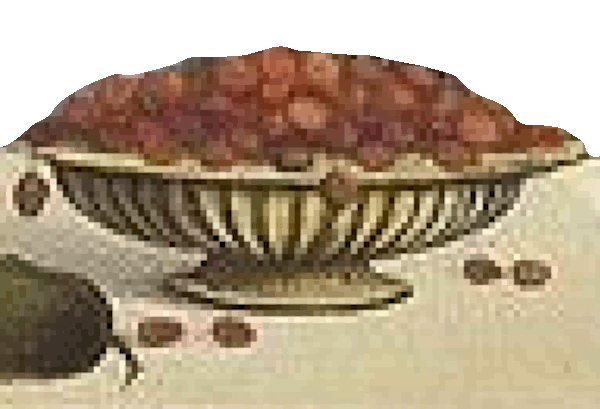
Grapes |
|
- It will be important for you to understand Hieros gamos,
which means 'sacred marriage' in Greek, and refers to the ritualistic union of a god and a goddess, or a divine being and a human representative (often a king or priest/priestess).
- The hieros gamos represents the union of male and female, heaven and earth, or other complementary opposites,
your soulmate.
- This union, typically involving sexual intercourse, is symbolic of the harmony of opposing forces and is believed to ensure fertility, prosperity, and the continuation of the cosmos.
|
I (Inanna) have come to my mother’s gate,
Walking in joy
I have come to Ningal’s gate
Walking in joy.
(Sumerian tablet)
|
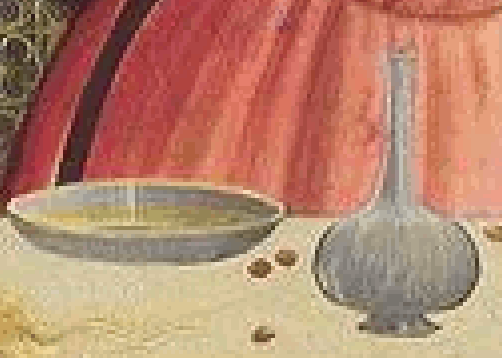
Sacrament |
- There is something called the Sacrament, the sacred meal,
which was not a Jewish thing, but a Christian thing, and
Jesus and John were celebrating it in Heliopolis at the temple of
Jerusalem in Egypt.
- We are going to learn about all the
ingredients that go into this sacred meal.
|
Grains have long been symbols of cornucopia and abundance. In the ancient Greek Eleusinian mysteries heads of barley represented Demeter, the goddess of fertility. It also played a role in the religious rituals of the ancient Israelites.
(kiallafoods.com.au)
|
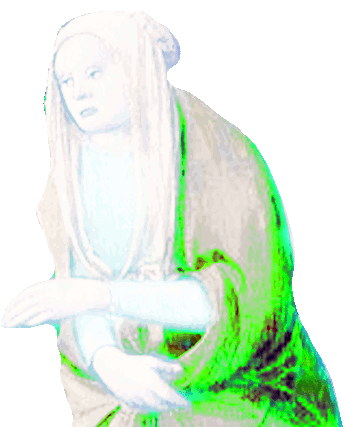
|
|
Demeter goddess of fertility |
- Demeter is the Greek goddess primarily associated with agriculture, harvest, and fertility.
- She is mostly known as a grain goddess, but also appeared as a goddess of health, birth, and marriage, and had connections to the
underworld.
-
Daughter of Cronus and Rhea, and a sister of Zeus, Hestia,
Hera, Poseidon, and Hades and the mother of Persephone by Zeus.
- The Romans identified Demeter with their goddess Ceres.
-
Demeter is also linked to the cycle of life and death, and is considered a mother goddess who provides nourishment and abundance.
|
Demeter was widely worshipped in ancient Greece, with
temples and sanctuaries dedicated to her. She was also
honored in exclusive women-only festivals like the
Thesmophoria.
(Assistant)
|
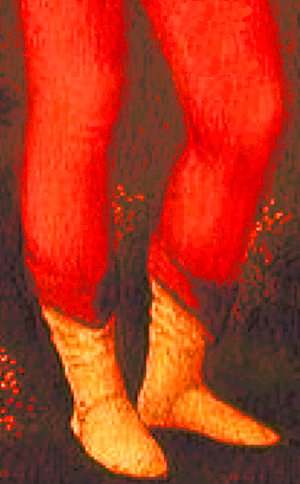
|
|
Hades |
- Hades was the eldest son of Cronus and Rhea, although this also made him the last son to be regurgitated by his father.
- He and his brothers, Zeus and Poseidon, defeated
their father's generation of gods, the Titans, and claimed joint rulership over the cosmos.
- Demeter's most famous myth involves the abduction of her daughter Persephone by Hades, which explains the changing of seasons.
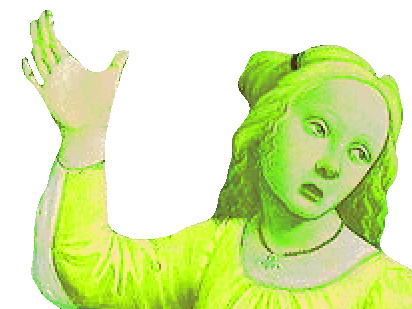
Persephone goddess of the harvest and agriculture |
- Persephone, daughter of Demeter and Zeus, became the queen of the underworld after her abduction by her uncle Hades, the king of the underworld, who would later take her into marriage.
- The Eleusinian Mysteries, a major religious festival, were held in her
mother's honor and revolved around the myth of Persephone's abduction.
-
She is often depicted with sheaves of wheat, torches, and a basket of fruit.
- Demeter's grief over Persephone's absence causes winter, while her joy upon her return brings spring and summer.
|
I was joyfully gathering the flowers, and then the
earth beneath me gave way, and there it was that he
sprang out, the powerful lord who receives many
guests. He took me away under the earth in his golden
chariot. It was very much against my will. I cried
with a piercing voice. These things, grieving, I tell
you, and they are all alêthea. (Homeric
Hymn to Demeter)
|
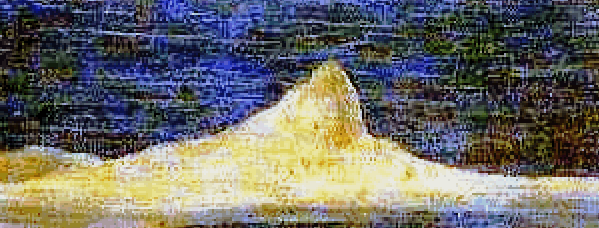
Heliopolis |
- The
holy temple was in Heliopolis, the
city of An (John), which was the central great temple that
was the one world truth.
- Some of the temples were
spread all over, and one of them was in Ephesus in Turkey.
-
We've got the Eleusinian Mysteries up in Athens, which were
the ancient mysteries brought back again by Elijah (Elias)
and his student, Elisha (Jesus), which in Greek is Dionysi
and translates to El Isi in Hebrew and is the Eleusinian
Mysteries.
|
The Eleusinian rites, ceremonies, and beliefs were kept secret and consistently preserved from antiquity. For the initiated, the rebirth of Persephone symbolized the eternity of life which flows from generation to generation, and they believed that they would have a reward in the afterlife.
(Wikipedia)
|
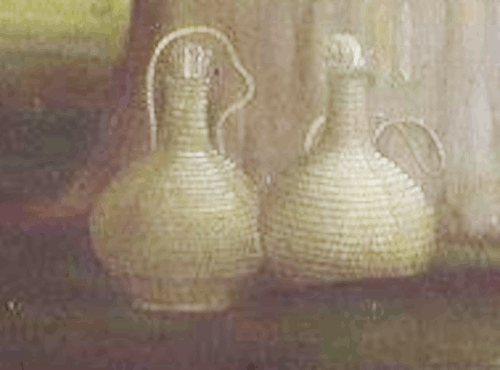
Wine |
- It's hard to envision someone like Jesus involved in such
mysterious secret rites, most think of him standing around
in Rome or Jerusalem in a white robe, but this is how His idea of
Christianity began.
- The Sacrament came out of the
Eleusinian Mysteries and the holy great wedding of the
woman.
- There were 7 items that were used in the
Sacrament to make the bread and wine.
- This is
something that is going to change your life and make it
whole, the path for attaining salvation.
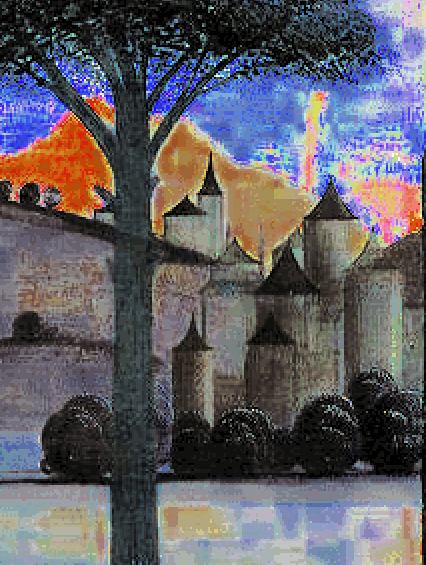
Babylon |
- For the Christians who are now realizing we've got to get
out of this world, get out of Babylon, and have all things
common, and go back to the promised land and partake in the
promised fruit of the land.
- That we might literally be
at peace and have a land that's flowing with milk and honey.
- Which is our land, that comes from the paradise within us,
our garden or paradise.
- The third heaven, out of body,
or whether in the body, or out, Apostle Paul went there.
|
And I know that this man was caught up into paradise—whether in the body or out of the body I do not know, God knows.
(2 Corinthians 12:2)
|
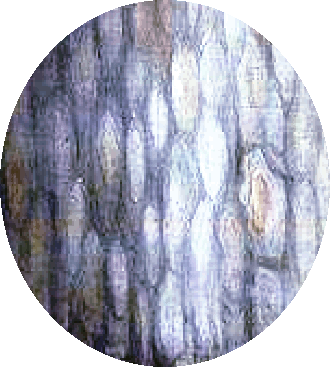
Wheat |
- Well how did Paul go there out of body?
- The
Sacraments, and the 7 ingredients are literally all in
scripture.
- Right in Deutoronomy we learn about it;
For the Lord your God is bringing you into a good land, a
land of brooks of water, of fountains and springs, that flow
out of valleys and hills; a land of wheat and barley, of
vines and fig trees and pomegranates, a land of olive oil
and honey.
- A land in which you will eat bread without
scarcity, in which you will lack nothing; a land whose
stones are iron and out of whose hills you can dig copper.
|
And thou say in thine heart, My power and the might of mine hand hath gotten me this wealth.
But thou shalt remember the Lord thy God: for it is he that giveth thee power to get wealth, that he may establish his covenant which he sware unto thy fathers, as it is this day.
(Deutoronomy
8:17-18)
|
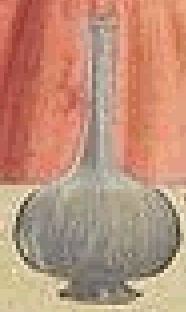
Olive oil |
- And not only that, you get your soulmate.
- These are
the 7 ingredients; wheat, barley, grapes, figs,
pomegranates, olive oil and honey.
- A land whose stones
are iron and copper and gold but not only do we have all
these things and plenty to eat, but there will be milk and
honey flowing.
- Which represent the pituitary and the
pineal glands because your body is the temple in this
reality.
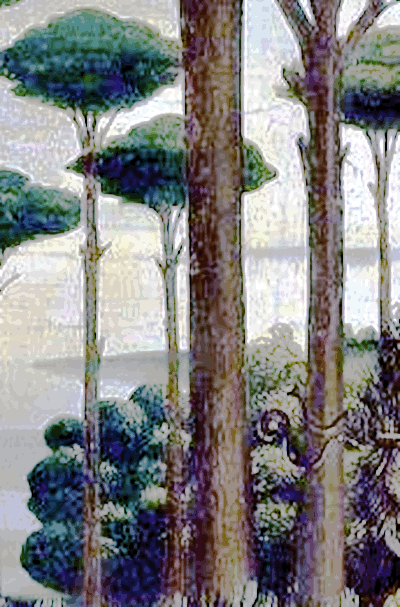
Trees of life in the garden |
- This temple is going to be in a paradise because the trees
of life are out there in the garden.
- Around the city of
the Lord as it says in Revelation.
- When you've eaten
and are full, then you shall bless the Lord your God for the
good land which He has given you.
- Bless the Lord your
God for the good land which He has given you.
- Because
this is a promise, and the law that came 430 years later did
not void the promise.
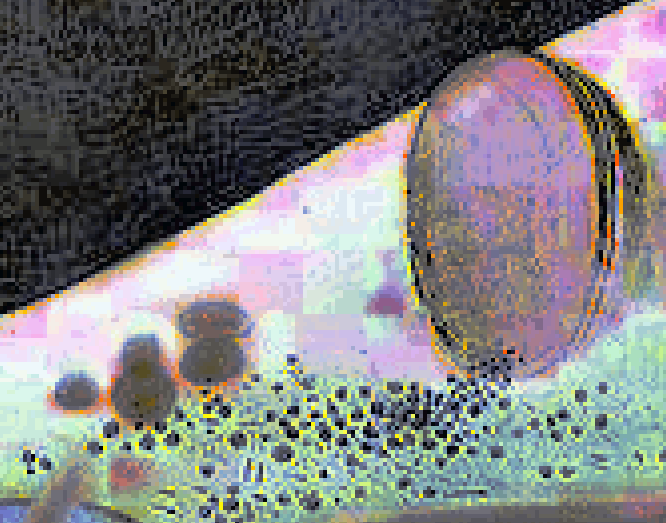
Copper |
- That is a promise that the Lord made to us, and he's given
to us, the promised land.
- Just as they went in and were
supposed to root out the giants, and take the land, we as
Christians are told to go and cast out those devils and
restore this temple.
- Get rid of the money changers and
those that are killing the oxen and the sheep.
- Make a
house of prayer, a positive house of light, a beacon on a
hill.
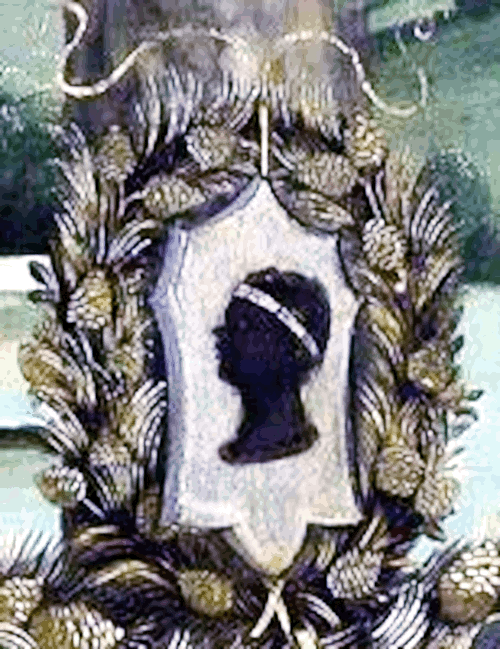
Brotherly love |
- All of it is done by simply adding to your faith virtue
and virtue knowledge and adding to your gnosis, your
experience and self-knowledge.
- You find brotherly love,
and finally, you get the agape love which you have when you
find your soulmate.
- This is a wedding and at the
wedding there is a supper, and these are the 7
ingredients.
- The greatest feeling that one can have is
the truth, and this is the truth that leads to eternal life.
|
Agape, from the Greek ἀγάπη, refers to a selfless, unconditional love, often associated with the love of God for humanity and the human reciprocal love for God. It is considered the highest form of love in Christian theology, transcending other forms like eros (romantic love) and philia (brotherly love). Agape also signifies a love that is sacrificial, enduring, and not dependent on the worthiness of the recipient.
(Assistant)
|
|
Einkorn and Emmer Wheats |
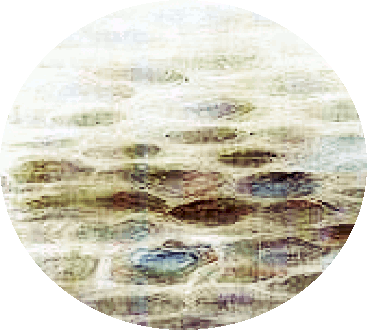
Khittaw |
- The Hebrew word pronounced 'khittaw' in the Bible is
consistently translated as 'wheat' which refers to both a
plant and a grain.
- While the Hebrew word for wheat
itself hasn't changed, the characteristics of wheat
cultivated in ancient Israel likely differed from modern
wheat varieties.
- Some of the key differences between
ancient and modern wheat are genetic diversity and physical
characteristics.
- Ancient wheat varieties, often
referred to as landraces, were more genetically diverse than
modern wheat, which has undergone selective breeding and
hybridization for higher yield.
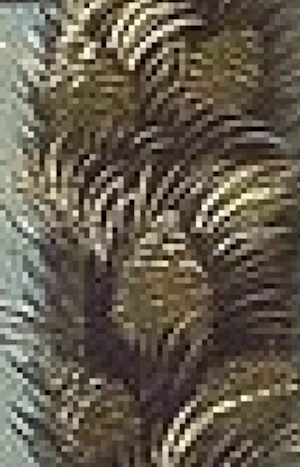
Einkorn and emmer |
- Ancient wheat may also have had taller stalks and
different glume structures, meaning the husks enclosing the
grain, compared to modern dwarf varieties developed for
easier harvesting and increased grain production.
- Other
ancient wheat, often hulled varieties like einkorn and
emmer, required a dehulling process to remove the tough
glumes before milling, unlike modern free-threshing machines
where the chaff separates easily.
- Which means the word
wheat in the Bible probably refers to einkorn and
emmer and neither look anything like modern wheat.
|
Einkorn, Emmer, and Spelt are types of hulled wheat, also known as farro. They have a high protein content and a delicious, chewy texture. Emmer has slightly larger kernels and a robust flavor, while Einkorn is easier to grow and tolerates heat better. These grains have a rich history and nutritional profile.
(Assistant)
|
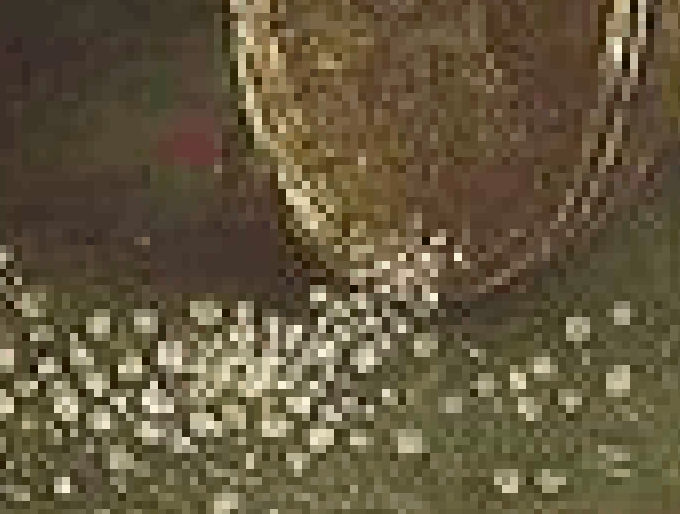
Spelt wheat |
- The meaning of the Hebrew word remains 'wheat,' although
the plant itself has evolved significantly over time due to
both natural and artificial selection processes.
-
Einkorn is a very old type of wheat, one of the first
domesticated forms, with its cultivation dating back to
around 8000 BC, the age is unclear.
- The name itself comes from German and
translates to 'single grain.'
- Einkorn, is a type of
wheat, not corn, and it is totally different than corn
(maize) which are entirely different grains and not related
botanically.
- It differs significantly from the
hybridized modern wheat commonly found today.
|
Spelt is an ancient grain that has been cultivated for
thousands of years. With its delightful nutty flavor
and slightly sweet taste, spelt stands out for its
high fiber content and protein richness. It is also
packed with essential nutrients such as magnesium,
phosphorus, and manganese. Spelt flour is commonly
used as a substitute for wheat flour in baking recipes
due to its similar gluten content.
(montanaflour.com)
|
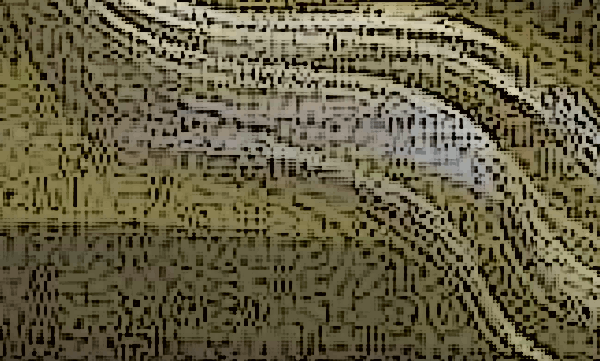
Wheat husk |
- For instance, Einkorn is a diploid wheat with 14
chromosomes, wihile modern wheat is hexaploid with 42
chromosomes.
- Modern wheat has undergone extensive
hybridization, while einkorn has remain largely unchanged
for millennia.
- Einkorn contains gluten, but its structure
is simpler and potentially easier to digest for some
individuals with non-celiac gluten sensitivity.
-
However, it is not gluten-free and is not suitable for
individuals with celiac disease.
|
Einkorn is touted as one of the oldest known
cultivated crops, dating back more than 10,000 years.
This ancient grain has gained recognition for its high
protein content and antioxidant properties. Einkorn
contains fewer chromosomes than modern wheat, making
it genetically distinct and potentially easier to
digest. Moreover, it offers higher levels of vitamins
B6 and A when compared to regular wheat varieties.
(montanaflour.com)
|
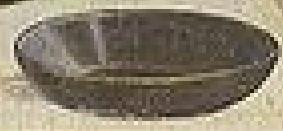
Fertile Crescent |
- Studies appear to show
that einkorn may be more nutritious than modern wheat,
containing higher levels of protein, B vitamins, carotenoids,
and various minerals like zinc and iron.
- The historical significance is that einkorn played a
crucial role in the development of agriculture and was a
staple food for early civilizations in the Fertile Crescent.
- So basically the wheat we eat today is all hybridized,
turned into some kind of poison.
- The medical advisers have all this
controversy going regarding gluten and celiac disease, but
if you have that problem, more than likely your gut has been
destroyed.
|
With its dense nutritional profile and rich history dating back 10,000 years ago in the Fertile Crescent region, emmer is another ancient grain that deserves attention. While similar to spelt in texture and flavor profile, emmer packs a punch with its dietary fiber content that supports digestive health. Additionally, it provides various minerals such as iron, zinc, and selenium that are essential for overall well-being.
(montanaflour.com)
|
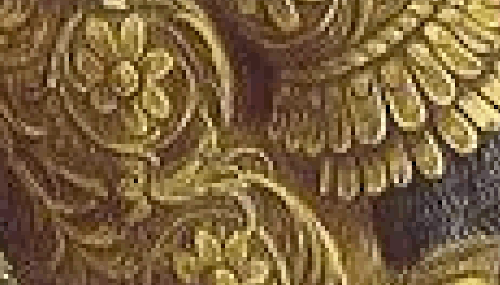
Flowering |
- If you started eating einkorn it would
probably eliminate many of the problems because the wheat
they're feeding us is the problem, not the plant itself.
- If
you healed your gut you'd be able to digest this perfectly,
it's a very simple gluten that can be digested in a healthy
body.
- Ancient grains are a natural food and part of the
food that is called the staff of life.
- When Jesus was on
the earth this is what He ate along with barley and a few
other things that we'll talk about, and incidently, it's good
for you too.
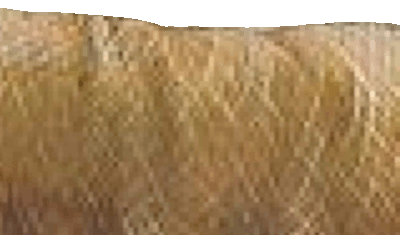
Baked bread |
-
You want to eat bread, why not? You have to remember what
bread is.
- It isn't made from modern hybridized poisons,
genetically modified poisons, it's made from the original
einkorn and the other variety is emmer.
- But if we made
our breads with the old grains, einkorn is one part of the
thing we call bread, not the word bread as we use it today,
which is some kind of hybridized, devoid of any nutrition
concoction.
- Generally stale and poisonous, full of
gluten, however, a bread that has 7 ingredients which
the Bible gives you and which is the Sacrament, that will give
you communion.
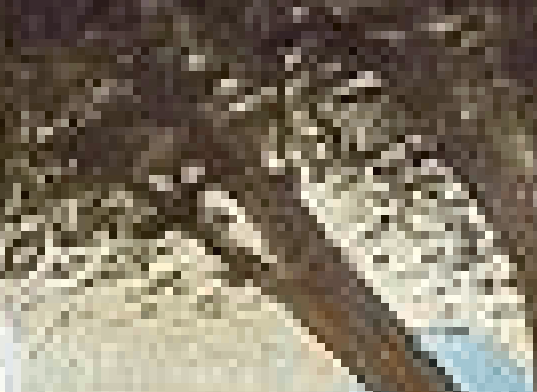
Communion |
-
Do you ever wonder why when you partook of communion, you
didn't really receive communion?
- How come the disciples
eyes were opened and they saw him or they understood Christ,
but we don't seem to understand him.
- What is going on
and why did they break bread everytime they were together?
- They broke bread and a lot of people think that it's just
an expression that means they ate something, however, it
never mentions any other food, like lamb, it just mentions
that they broke bread.

Honey |
- But you know there was honey there, and they broke bread
all the time and were drinking wine and eating heartily.
- Because
it's the food of life, there's 7 ingredients and it's
bread and wine; and it's not just grape wine, but it's also
pomegranate.
- There's a misture of wine and the Bible
tells you how to make it.
- This is what we're supposed
to eat, every day they broke bread and especially on the 8th
day.
- Because this is Sunday, or the day of the sun, the
first day of the week, eternity, the eternal glorious
celebration where we go into the next cycle, which is and
this is an advancement in the upper room where we light the
chakra.
|
And he will show you a large upper room, already furnished. Make preparations there.
(Luke 22:12)
|
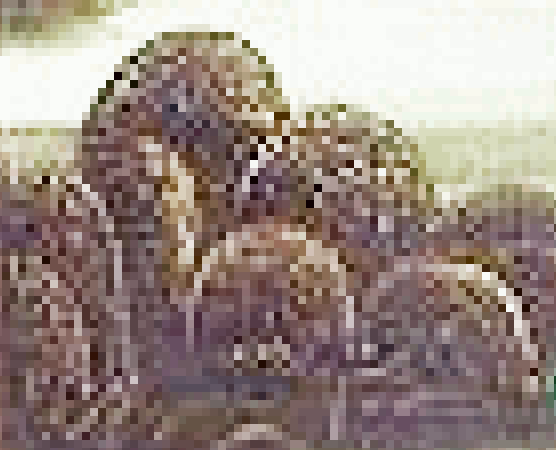
Sacred bread rolls |
- So to make the bread, you use barley, einkorn and emmer
and the 4 other ingredients; olive oil, grapes,
pommegranate and figs.
- There's no indication of what
shape you should make the bread in.
- Is it a loaf,
sometimes the Bible does say loaf, but it doesn't always say
they made a loaf.
- It just says these are the
ingredients, that's the important part.
- One could also
take the same einkorn and use it to make pasta for instance.
- Not the pasta made with modern wheat, you've got to get
some einkorn or emmer instead and you can even get a noodle
maker.
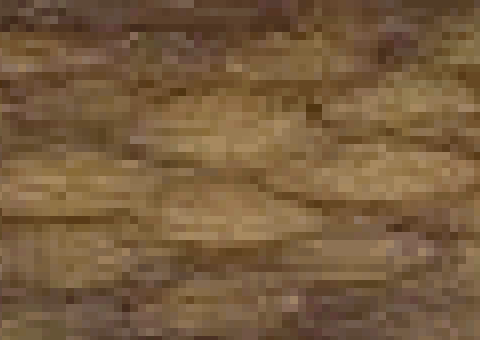
Emmer
wheat |
- Emmer is an ancient two rowed hulled wheat that is also
known as farro in Europe.
-
Emmer is a high protein wheat and is used for pasta, bread,
pilafs and flatbreads.
- It's possible to purchase pasta
made with emmer and it's much healther.

Wheat field |
- Einkorn wheat, one of the oldest forms of wheat, has a diploid genome with 14 chromosomes.
- This is in contrast to modern wheat varieties, which
are often hexaploid with 42 chromosomes.
- Emmer is
a tetaploid and contains 28 chromosomes instead of 42.
-
So as you see, modern wheat has 42 chromosomes and both
einmer and especially einkorn have far fewer chromosomes.
- Perhaps that's a sign that it's something
at least 'double'
better than the hybridized wheat they sell today.
|
The lower chromosome count and different gluten structure in einkorn are thought to contribute to its easier digestibility for some individuals compared to modern wheat.
(Assistant)
|
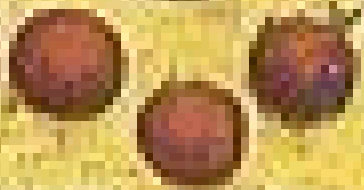
Tomatoes |
- Italians and other Europeans do eat pasta made from
emmer, particularily in some regions of Italy.
- Emmer is
known as 'farro medio' or just 'farro' to the Italians and is
used to make high quality pasta.
- Whole emmer grains can
also be found in most Italian supermarkets and groceries.
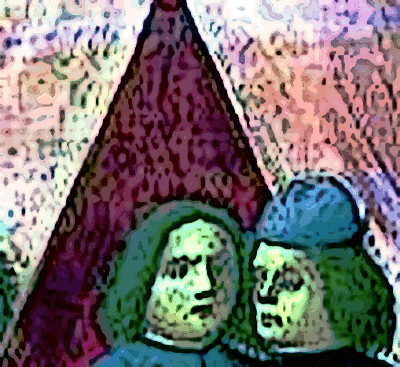
Pharaohs |
-
Some people pronounce it as 'pharaoh' but it is actually
pronounced with a long a as 'far-o.'
- But you see, pharoah
might be just as good because it actually is, being a sacred
thing, it is the 'sacred' grain, not just because of Judaism
or anything, it's not the Passover bread at all, but this is
Pharaoh's wheat.
|
There was no food, however, in the whole region
because the famine was severe; both Egypt and Canaan
wasted away because of the famine. Joseph collected all the money that was to be found in Egypt and Canaan in payment for the grain they were buying, and he brought it to Pharaoh’s palace. When the money of the people of Egypt and Canaan was gone, all Egypt came to Joseph and said, “Give us food. Why should we die before your eyes? Our money is all gone.”
(Genesis 47:13-15)
|
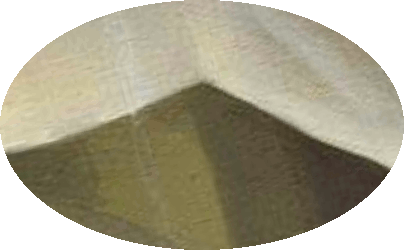
Pyramid |
- In the biblical story of Joseph, wheat plays a
significant role in both his dreams and the subsequent famine
in Egypt.
- Joseph's first dream involved sheaves of
wheat, where his sheaf stood upright while his brothers'
sheaves bowed down to it.
- This dream fueled his
brothers' jealousy and hatred.
- Later, during a severe
famine, Joseph, now a high official in Egypt, oversaw the
storage of grain during the years of plenty, which allowed
Egypt to have food when other nations did not.
- This
demonstrates Joseph's wisdom and God's provision.

Egyptian tombs |
- That's why it's called farro, Pharaoh's wheat, the
Egyptian king.
- They even found this wheat in the Egyptian
tombs of the pharaohs.
- It's also Italian, but that's the
Holy Sacrament area, Christianity.
- They named it that because they understood that this priesthood
goes back to the ancient pharaohs.
- Abraham, Isaac and
Jacob, the ancient pharaohs.
- If you want proof of that,
and proof that they holy temple is the Egyptian pyramid, it's
all in the Bible.
- It literally says there is an altar at
the center of Egypt and at the center of northern and southern
Egypt is Cairo.
|
In that day there will be an altar to the LORD in the heart of Egypt, and a monument to the LORD at its border.
(Isaiah 19:19)
|
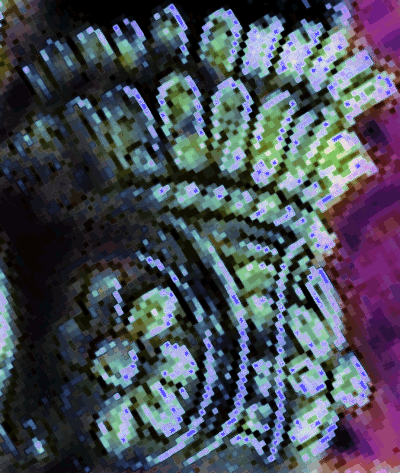
Egyptian pillar |
- What exactly is an altar? It's a temple and there is a
temple unto the Lord in the center and at the border in Egypt,
which is the Great Pyramid which is a temple unto the Lord.
- This farro refers to three different kinds of wheat;
einkorn, emmer and spelt.
- You can use any of the three,
but the best are the einkorn and emmer.
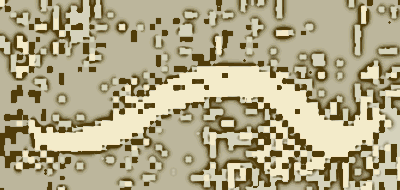
American pasta |
- It's unbelievable that here in America we automatically think that
pasta's not good for us, it's terrible and it's just starch
full of empty calories.
- Except that's not
pasta, it's some kind of slime they made from some kind of
poisonous Monsanto grain that is hybridized and genetically
modified.
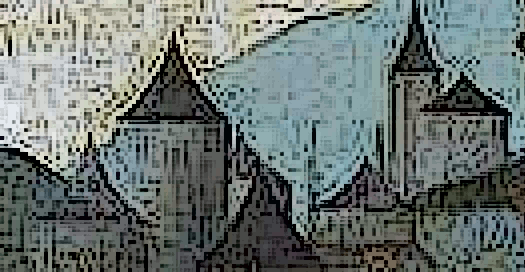
Promised land |
- Let's get back to the actual promise, because this was
the grain that was part of the promise, the promised land.
- We can get our promise fulfilled by eating foods that are
healthy, such as by making our breads and pastas from these
healthy grains that don't have the complicated
undigestible kind of gluten.
- Also with more proteins and
vitamins in a simpler structure, not 48 chromosomes, but just
28, so that it's digestible.
- When you think about the
ignorance we are laboring under, and how it's so simple to get
ourselves out of this.
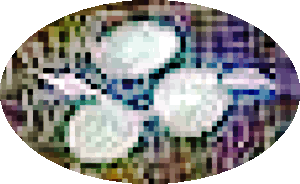
GMO food |
- Even if the grocery store continues to sell this
poison and the factories continue to make the poison, and the
farmers continue to grow the poison, if we stop eating it,
they'll have to stop making it.
- If we all buy the good
grains, which might cost a couple of dollars more, but isn't
it worth it to be healthy and to improve your looks at the
same time.
- You want to radiate, to be handsome and
healthy, but you want to be strong and to live long and be
happy.
- Your food affects your emotional being.
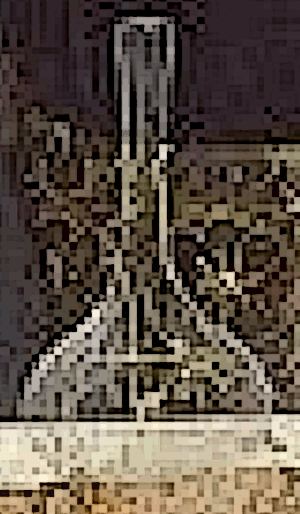
Omega-3 oils |
- There are things in these ancient grains that will
literally make your body healthy and your skin vibrant and
give you energy and life.
- These hybridized modern grains are
pretty much devoid of omega-3 oils.
- Even the eggs that
you're purchasng, if you can't get chicken eggs that are from
free range or your neighbor's chicken coop, if you can't or
don't have chickens, you can look for Eggland's Best
at the store.
- They're more nutritious than most of the
eggs and really it doesn't cost much more.
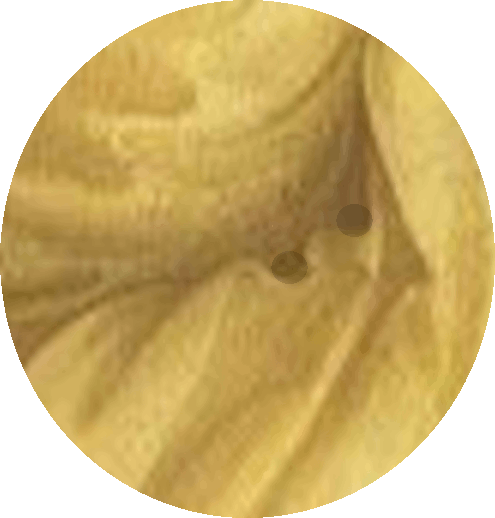
Scrambled eggs |
- So get yourself your good eggs because most on the
shelf don't have much omega-3, and good eggs like
Eggland's Best are the perfect source of food.
- This
includes protein, cholesterol, vitamins, and everything you
need.
- But the best egg is the one that is natural where
your chickens are running free and eating natural things.
-
Not the chickens that they lock in cages and feed genetically
modified corn at some chicken farm.
- Plus, the very best
pasta always has egg in it to bind the ingredients together.

Sifted |
- Additionally, the einkorn and emmer also are rich in
the omega-3 that we require, which they provide in abundance.
- The omega-3 will actually repair your brain, your heart,
your fatty tissues and provide energy.
- Einkorn has been
shown to contain Omega-3 fatty acids, specifically
alpha-linolenic acid (ALA) and emmer is also high in this
acid.
- Both have high levels of antioxidant
compounds and dietary fibers.
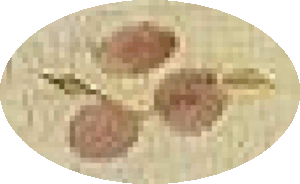
Figs were plentiful |
- The original fruits, grains and nuts have nutrients,
polyphenols or vital phytochemicals that the body is lacking
and craving.
- Everyone wants to go to the land of promise,
don't we?
- But ultimately, most think that's in heaven,
that's all spiritual, and that there's no restored earth
promised in the Bible.
- Except there is, we're all trying
to get back to paradise, and really this is paradise because
it's all in the mind.
- We've got to change our world by
changing our mind and then we will be transformed in body.
- Remember, when Jesus was raised from the dead he said 'touch
me.'
|
But Jesus said, “Someone touched me, for I perceive that power has gone out from me.”
(Luke 8:46)
|
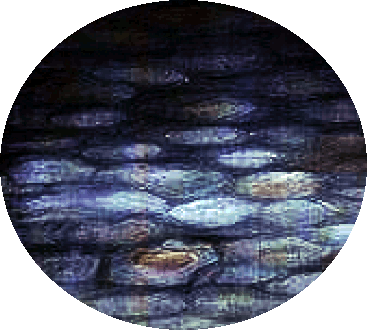
153
Fish |
- Jesus said, 'A spirit does not have flesh and bones as
you see that I do.'
- Meaning that he still had flesh and
bones and the only difference is that he did not have blood.
- What this means is there's not going to be any veins in our
bodies and no fluid either.
- There will be blood in a
sense, but it will be a refined substance that will be like
flowing energy.
- It will be so healthy and full of this
fluid of life, that you will probably heal instantly.
|
Now Boaz, with whose women you have worked, is a relative of ours. Tonight he will be winnowing barley on the threshing floor.
(Ruth
3:2)
|

Light body |
- It's like light and the flow of energy throughout
our bodies so that we are transformed into an immortal
body, or at least a body that will live for thousands of
years.
- Or perhaps when we attain unto that immortality,
we won't die and then be born and lose our memories, the veil, but
perhaps instead we'll be transformed and fly to other worlds, we don't
really know.
- That's because the Bible says that we don't
know what we shall be like.

New city |
- When Jesus raised up from the
dead, he had a physical body.
- And we know he lived in
physical places, for instance, he went to prepare a place for
us, not some ethereal nothingness.
- A paradise with the trees
of life and milk and honey.
|
Dear friends, now we are children of God, and what we will be has not yet been made known. But we know that when Christ appears, we shall be like him, for we shall see him as he is.
(1 John 3:2)
|
|
Barley |
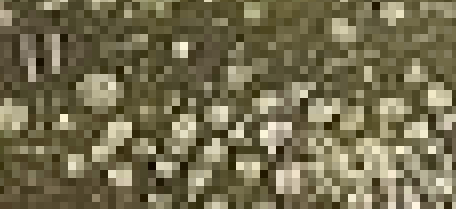
Flowing |
- It will flow out the wheat of the land and hills and
barley.
- Barley, which is not gluten free, is actually a lot better for you
than wheat and we still have barley strains that are pretty close
to the original.
- Barley is a good source of fiber, including beta-glucan, which can help lower cholesterol and blood sugar levels.
|
English ruler, Edward II, used barley to create a standard form of measurement. He declared the inch equal to “three grains of barley, dry and round, placed end to end lengthwise.” The inch is still the basic unit of measurement for the United States. So, barley plays a bigger part in our lives than we even realize. (ancientgrains.com)
|
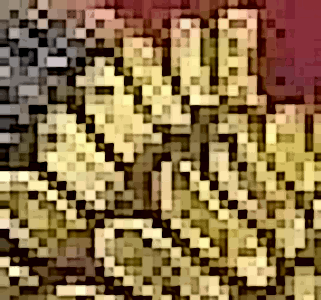
Barley
grain |
-
Barley also contains vitamins and minerals like magnesium, selenium, and vitamin B3
and has a low glycemic index, which means it can help regulate
blood sugar levels.
- The grain was consumed in much larger amounts in the ancient diet than
historians traditionally assumed.
|
Barley is a versatile cereal grain known for its nutty
flavor and chewy texture. It's a good source of fiber,
particularly beta-glucan, and contains various
vitamins and minerals. Barley is used in many culinary
dishes, including soups, stews, and salads, and is
also a key ingredient in brewing beer.
(Assistant)
|

Pearled barley |
- There are different varieties of barley such as
pearled barley, hulled barley and hull-less barley as well as
barley flakes and grits.
- Barley can also be used as
animal feed and for malting, which is used in beer brewing and
other beverages.
- For the ancients, it was a primary source of food
and was used to make bread, porridge, and was known to grow in
times of famine.
- It also makes an excellent ground cover
in areas where erosion is a concern.
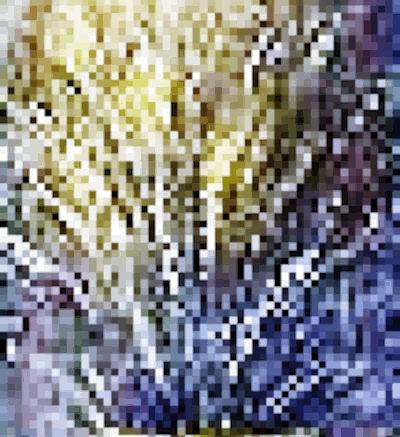
Grass family |
- Barley, like wheat,
is a member of the grass family and is a major cereal grain grown in temperate climates globally.
- It was one of the first cultivated grains and was domesticated in the Fertile Crescent around
8000 BC, giving it nonshattering spikelets (inedible husk) and making it much easier to harvest.
|
The theory is that the barley grain was first domesticated around 8000 BCE, in the Fertile Crescent, an area around Iraq and southern Turkey. The wild ancestor of modern barley is abundant across North Africa, the Middle East and into Central Asia. It was being cultivated from Egypt in the east to the Indus Valley in the west more than 5000 years ago. There’s evidence barley was being fermented in ancient Mesopotamia, probably as an ingredient in bread and beer. It may well have been transported across ancient Eastern trade routes to China where it appears around 1500-2000 BCE. By this time it had also made it as far north as Finland.
(kiallafoods.com.au)
|
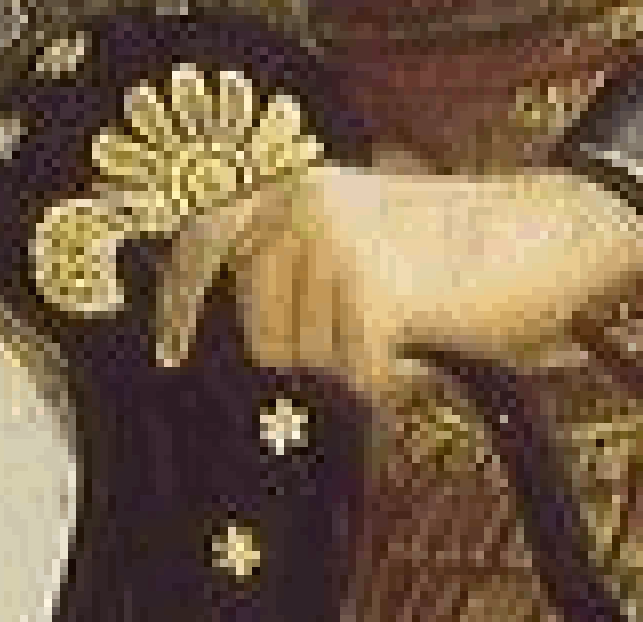
Osiris memorial |
- Barley is also depicted in Egyptian hieroglyphs and
played an important role in their funeral rites.
- Archaeological finds, dating back to at least 3000 BC, show
that the seeds were sprouted on wet cloth and then placed in the tombs.
- This is most likely connected to the resurrection myth of Osiris, where the sprouting of barley seeds sown in the belly of the dead god symbolized his return to life.
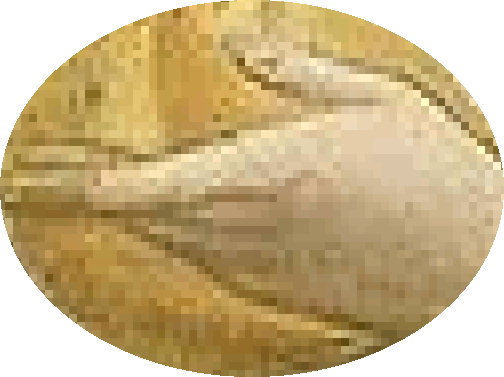
Seed in hand |
- Barley is mentioned frequently in the Bible, both in the Old and New Testaments, and holds significant agricultural, cultural, and spiritual importance.
- It was a staple crop in ancient Israel, often associated with sustenance, provision, and even
spiritual symbolism.
|
Barley was being used 10,000 years before it was domesticated. There is evidence for two locations of original domestication: the Fertile Crescent and the Tibetan Plateau. On the southwestern shore of the Sea of Galilee, we find one of the earliest sites of barley in settlements dating back 23,000 years ago.
(ancientgrains.com)
|
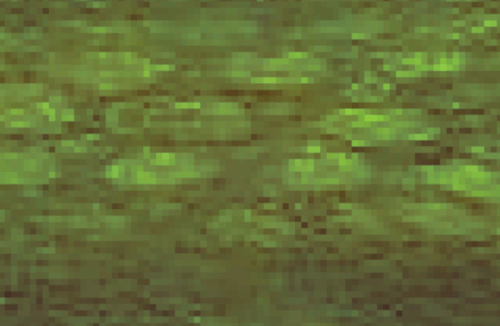
Ergot from barley |
|
- Ergot is just mold that is found on wheat and rye and
barley, so now you know the purpose of this wheat, it's the
sacred food.
- That's why there's 7 sacred ingredients and
the pomegranate is one of the sacred fruits, which is the
Sacrament.
- People have been trying to find the
ingredients to the Sacrament and they've been there all along.
- Kykeon was not only made from pomegranates, but others were made of water, barley and naturally occurring substances
while others were made with wine and grated cheese.
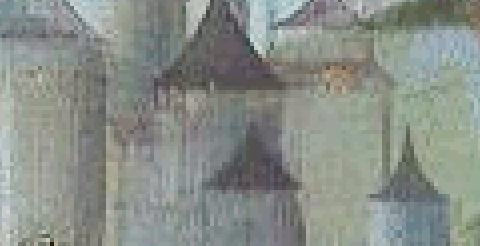
Spain |
|
- Discovery of fragments of ergot in a temple dedicated to the
two Eleusinian Goddesses excavated in Girona, Spain, gave
legitimacy for this theory.
- Ergot fragments were found
inside a vase and within the dental calculus of a 25-year-old
man.
- Today ergot impacted barley grain is not accepted at
the mills and problems are encountered with toxic poisoning
from 'long-term' exposure.
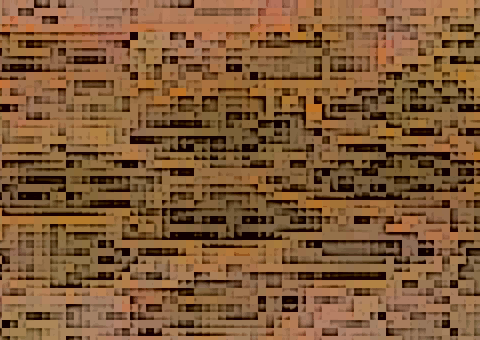
Modern gluten destroys the gut |
|
- The symptoms or ergot poisoning can be roughly divided into convulsive symptoms and gangrenous symptoms.
- This is also a runaway mold situation (something like
potato rot) that can cause harm to the soil and not the
natural fermentation the ancients enjoyed.
- Although the
symptoms we see from the modern grains that have been stripped
of all nutrients are also questionable.
- Modern grains
cause gut destruction due to all the hybridization that causes
excess gluten which results in food allergies that are
certainly no better.
|
Pomegranates |
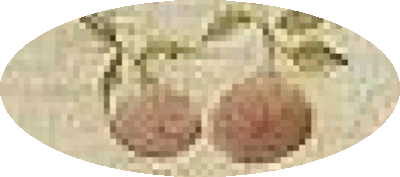
Figs as bells |
- Figs and pomegranates are so rare today but they were
so important to the ancients and were two of the staples on
the Sacrament list in the Bible.
- Think about how hard
they are to find in today's supermarket which seems to have
every exotic fruit on earth from bananas, pineapples, mangos,
papayas, and every other kind of delight.
- All of which are very sweet, but
while we love the sweet, what did they eat in the days of
Jesus and the days before Christ?
|
And they made bells of pure gold and attached them around the hem between the pomegranates.
(Exodus 39:24)
|
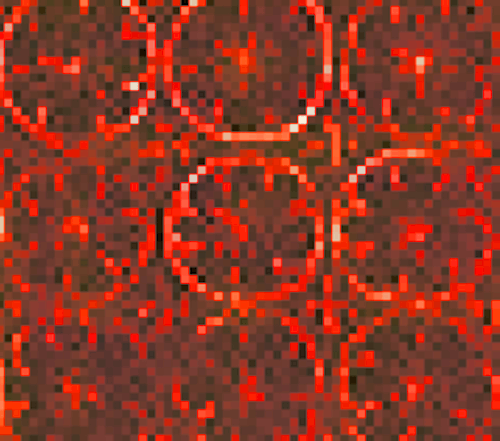
Pomegranates |
- Figs and pomegranates are a part of the original diet
that the Lord said we should have.
- Think about it,
pomegranates are a deep, rich, red color, much deeper and
redder than grapes; plus it's all a natural red.
- Although grapes are something that
are in the Bible as well, however the ancients also made
foodstuffs
with pomegranate.
- If you look it up, you'll see that
pomegranate juice and the fruit itself, are far healthier
than most of the juices in the grocery store which are mainly
coloring and water and very little fruit.
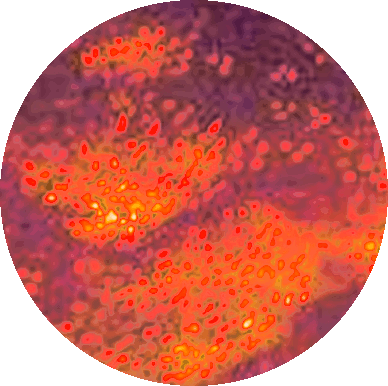
Pomegranate seeds |
- If you
look at a pomegranate it's mostly a bucket of juice, little
packets, or seeds, filled with juice that the ancients used
to crush and make into beverages.
- They would even made a type of wine out of the
juice.
- Pomegranate contains compounds with anti-aging properties, particularly through the metabolite urolithin A and its impact on mitochondrial health and muscle strength.
- Additionally, pomegranate's antioxidants and ability to boost collagen production contribute to skin health and a youthful appearance.
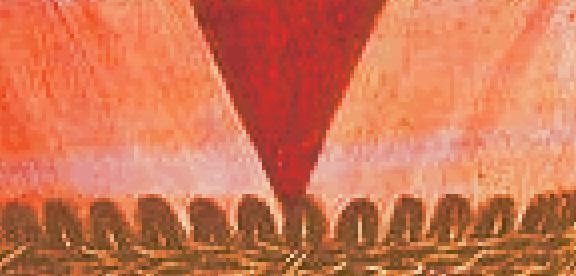
Star of the show
Eli-x-ir |
- It's hard to believe that so many people don't even
know about the pomegranate.
- The fruit can be successfully grown in the southern regions of the United States, particularly in areas with hot, dry summers and mild winters.
|
Elixir: a blended drink, warm or cold, containing herbs, spices, plants or plant extracts that amplify the nutrient content and physiological effects that the body experiences.
(Assistant)
|
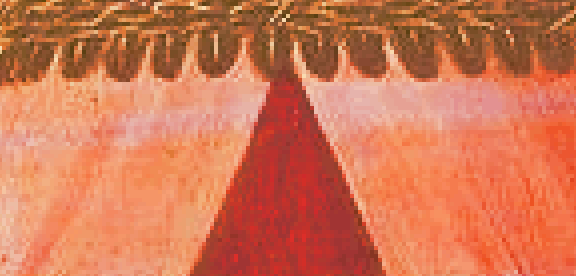
Big top |
- Varieties like Wonderful, Salavatski, and
Parfianka are well-suited for these conditions.
-
It's so easy to open them up and cut out the seeds and simply
crush them in a bowl to extract the juice, then put them through
a screen or sieve to remove the seed skins.
|
He made interwoven chains and put them on top of the pillars. He also made a hundred pomegranates and attached them to the chains.
(2 Chronicles 3:16)
|
 |

|
|
Pomegranate ornament |
- The word pomegranate means to be high, lifted up, or
exalted.
- It's an ornament in the temple shaped like a
pomegranate.
- In the temple they had these designs on the
wall and pomegranate designs and ornaments were placed all
over the building because it's a sacred symbol.
- This all
started in Solomon's Temple and it's a symbol of exaltation.
-
Although we find this symbol not only in the Jewish temple,
but also in the Temple of Artemis and other places where we
also find that it was used as an ingredient in the sacred
Sacrament.
|
On the capitals of both pillars, above the bowl-shaped part next to the network, were the two hundred pomegranates in rows all around.
(1 Kings 7:20)
|
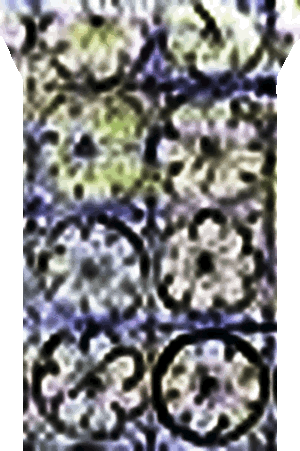
Pomegranate decoration in bronze pillar |
- Ancient Israel incorporated pomegranagtes into aspects
of temple use and religious practice.
- Pomegranate shaped
ornaments were used to adorn the pillars of King Solomon's
Temple.
- There were 200 pomegranates engraved on the
crowns of the two pillars at the front of the temple.
-
Some sources indicate 400 ornamental pomegranates in total
decorated the temple.
|
The bronze from the two pillars, the Sea and the 12 bronze bulls under it, and the movable stands, which King Solomon had made for the temple of the Lord, was more than could be weighed. Each pillar was
18 cubits high and 12 cubits in circumference; each was
4 fingers thick, and hollow.
The bronze capital on top of one pillar was 5
cubits high and was decorated with a network and pomegranates of bronze all around. The other pillar, with its pomegranates, was similar. There were
96 pomegranates on the sides; the total number of pomegranates above the surrounding network was
100.
(Jeremiah 52:20-23)
|
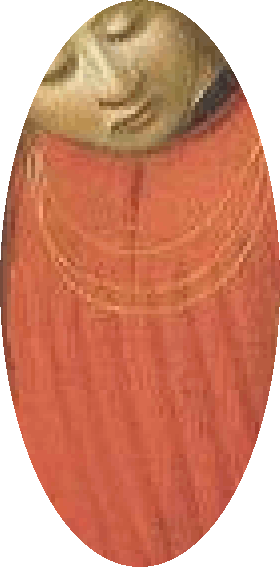
Priestly garments |
- Pomegranate adornments, alternating with bells, lined
the hem of the High Priest's garments.
- They were made of
blue, purple and scarlet yarn which had special significance.
- The pomegranate was considered one of the 7 species of
fruits and grains that represented the blessings of the
Promised Land.
- It symbolized concepts like fertility,
abundance, prosperity, and the richness of the land.
- The
many seeds within the fruit also came to represent the 613
(6+1+3=10) commandments (mitzvot) of the Torah in later Jewish
tradition.
|
Make pomegranates of blue, purple and scarlet yarn around the hem of the robe, with gold bells between them. The gold bells and the pomegranates are to alternate around the hem of the robe.
(Exodus 28:33)
|
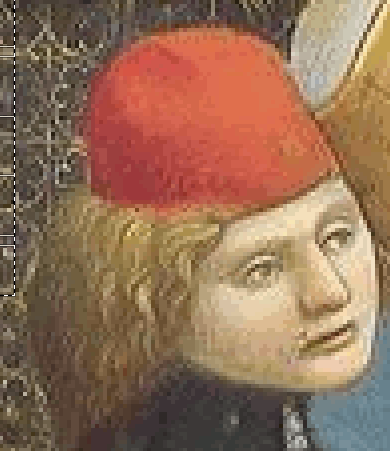
Pomegranate hat |
- In essence, pomegranates weren't just a food source;
they carried deep religious and cultural symbolism in ancient
Israel, manifesting in the decorations of the temple and the
priests attire.
- For that reason, pomegranates are
commonly called the fruit of the Bible and Israel.
|
The pomegranate's eye-catching colors led to another use. Because of the deep red-purple skin on some varieties, ink was manufactured from the rind in ancient times. The rind was also used in the process of dyeing leather and cloth, as were pomegranate flowers, which were crushed to make a red dye.
(Assistant)
|
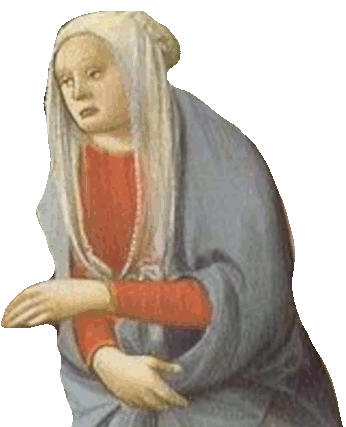
Pomegranate dyed clothing |
- Pomegranate flowers are crushed to make red dye and the
skins produce an aromatic dye that yield a green-yellow color
which shifts to olive and dark gray with iron
added.
- Different cultures have worked with pomegranate as a dye for thousands of years, using the fruit to create ceremonial and celebratory fabrics from ancient Mesopotamia to India.
- The fruit has also been a sign of fertility and prosperity in China and Japan, where it was used to dye textiles for special occasions.
|
Pomegranate can also be used as a tannin-rich mordant. Pomegranate peels are the leathery skins and seeds of pomegranate fruit. They are high in tannin and super useful as a natural dye.
(Assistant)
|
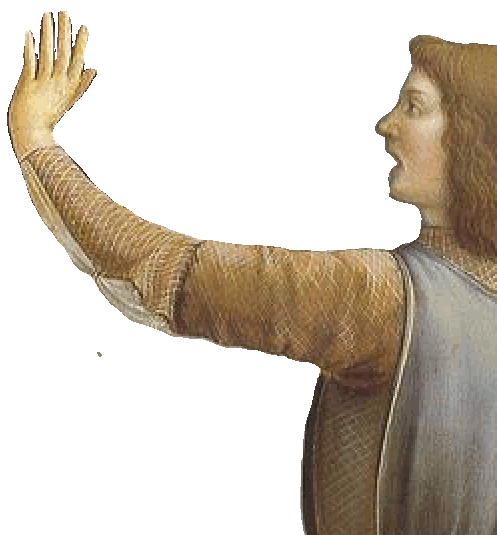
Bronze Age agrarian cult |
- The Eleusinian Mysteries were initiations held every
year to celebrate the cult of Demeter and Persephone which
were based on the Panhellenic Sanctuary of Eleusis in ancient
Greece.
- The Panhellenic Sanctuary of Eleusis was one of the most important religious centers
there.
- Sacred Way is a processional route, the 'Hiera Hodos,'
which led from Athens to Eleusis, marking the journey of the initiates to the sanctuary.
- It's clear that the mysteries came from Elisha
and they were considered the most famous of the secret
religious (spiritual) rites of ancient Greece.
|
These were initiations held annually, welcoming new members into the cult of Demeter and Persephone. The mysteries were renowned for their secrecy, with initiates promising to keep the secrets of the sanctuary under threat of punishment.
(Assistant)
|
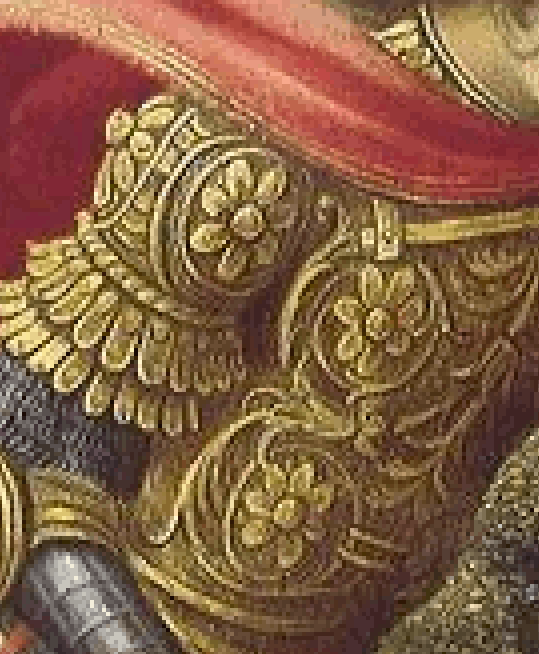
Armor of God |
- We know
what El means and Isa (Esau) is the name that we today call
Jesus and the 'ian' on the end of the word is just syntax.
- This we know because the Greek word for this
particular temple is Dionysus, which means Jesus, and he also
changed the water into wine.
- They also had this Sacrament
with wine.
- And 'Dio' or 'Dia' means 'deity' in Greek,
just as El means that in Hebrew.
- Then Dio-nysi, there's
the Isa at the end.
- This is the rites of Elijah (John)
and he handed on the mantle and it fell on Elisha (Jesus).
|
In the biblical narrative, Elijah "anointed" Elisha by symbolically throwing his mantle (cloak) on him, signifying Elisha's call to become his successor and disciple. This act, described in 1 Kings 19, marked the beginning of Elisha's apprenticeship under Elijah. Elisha, in turn, demonstrated his commitment by leaving his former life, killing his oxen, and preparing a meal for the townspeople before following Elijah.
(Assistant)
|
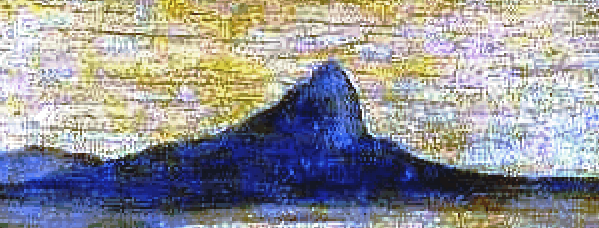
Greece |
- Remember, Elijah is the way we pronounce it today, but
it is really Elias, there was never a 'yah' (YHWH) on the end
and it's not spelled that way in the Septuagint.
- So it's
Elias and he annointed Eli Isa (Elisha).
- These are they
mysteries that Elijah handed down to Elisha.
- Elias and
Elisha raised the widow's son, and the widow is a woman who
had a covenant, but her husband died.
- This is the same
Bible story that we find in Ruth and Naomi and Elimelech
(El-molech).
|
Elimelech is a biblical figure mentioned in the Book of Ruth. He was the husband of Naomi and father of Mahlon and Chilion. Due to a famine in Bethlehem, Elimelech led his family to Moab, where he later died. The family's story, including Ruth's loyalty and eventual marriage to Boaz, is a key part of the Book of Ruth.
(Assistant)
|
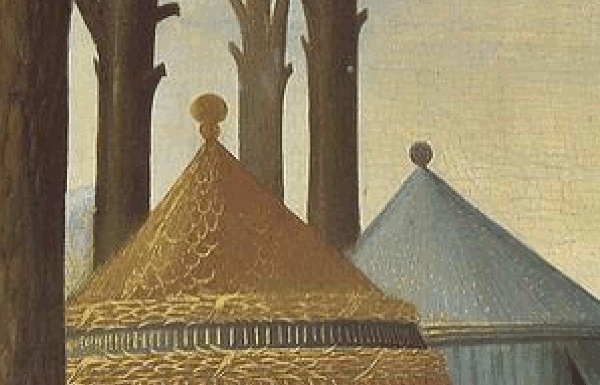
Molech's tents |
- Molech means 'king' in Hebrew and most don't understand
this, but it also could be Malik, or angel.
- But there is
also a Malik in the Islamic religion who was
the keeper of Hell.
- Remember, in Amos, he talks about how
'they carried the tent of their Molech. through the desert for
40 years and worshipped the sun, moon and the stars' which is
idolatry.
- Who then is this King Molech?
- Esau
married into the Caananites and his firstborn son was
Elimelech.
|
In that day I will restore David’s fallen shelter— I
will repair its broken walls and restore its ruins—
and will rebuild it as it used to be.
(Amos 9:11)
|
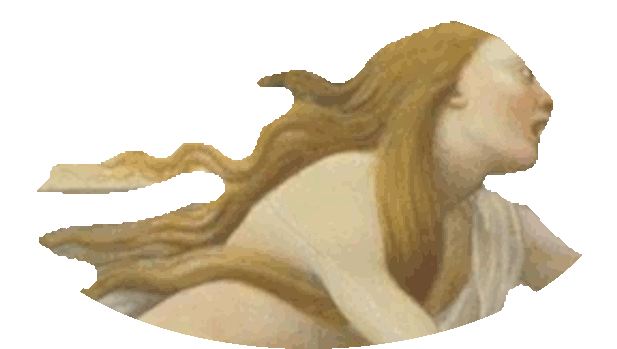
Naama |
|
- The 7th in line from Cain was Lamech, and when he came
after 7 generations, he was free from the curse, or the
punishment of Cain.
- He had two wives and this was the
first polygamy discussed in the Bible.
- Lamech had a daughter named Naomi or
Naama who married Noah, who redeemed her.
- Naama became
the Great Mother that we see in all the rituals and sacred
stories.
- So the flesh and the spirit are married once
again, the restoration, the redemption.
|
Lamech said to his wives: “Adah and Zillah, hear my voice; you wives of Lamech, listen to what I say: I have killed a man for wounding me, a young man for striking me. If Cain's revenge is sevenfold, then Lamech's is seventy-sevenfold.”
(Genesis 4:23–24)
|
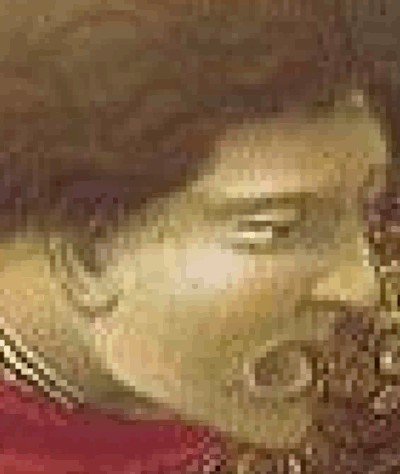
Lamech |
|
- If you read the
story in Genesis, you'll find that though Lamech was redeemed,
being the 7th, he then went out and murdered somebody.
- Then he said if Cain shall be avenged 7 times, then I
will be cursed 70 times 7, so therefore the curse remained
upon him.
- He was the first man on earth to take a second
wife, polygamy.
- He counted himself worthy of having two wives, not just one,
indicating that he esteemed himself to be twice as worthy as those with one wife.
|
That’s it. That’s all is told to us about what Lamech says to his wives. There are a few facts that we can pull out of this story: Lamech, a man with two wives and the father of Jubal (inventor of many instruments) and Tubal-Cain (bronze and iron metalworker), killed someone and is claiming 11 times the protection that God gave to Cain.
(Assistant)
|
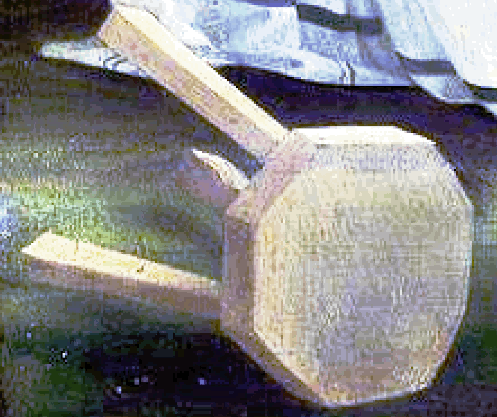
Lamech's chaos |
|
- Lamech cried out to his two wives about
killing a man for injuring him and a young man for hurting
him, some believe he killed 2 men.
- The Hebrew version of
Genesis 4:24 was
written as a poem and some take it as a boast to his wives.
- Lamech puts himself above Cain by claiming he is more significant (avenged seventy times seven if anyone dares touch him); essentially, he claims he will be protected as Cain was.
|
Adah and Zillah, O hearken my voice,
You wives of Lamech, give ear to my speech.
For a man have I slain for my wound
a boy
for my bruising.
For sevenfold Cain is avenged,
and Lamech seventy and seven.
(Genesis 4:24, Hebrew Bible)
|
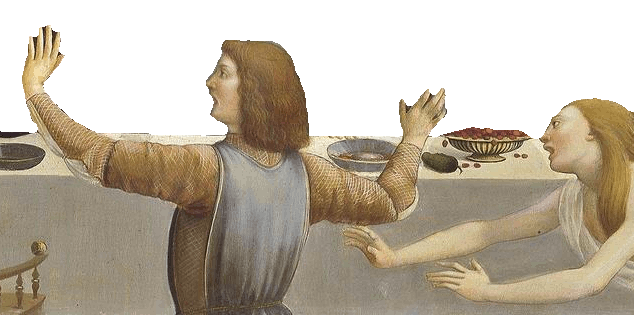
Lamech and wife |
|
- We know that Lamech, like his ancestor Cain, is a murderer, by his own admission.
- Since he had left the presence of God, he declared his own vengeance on anyone who harmed him; 77 times,
as compared to the 7 times God pronounced over Cain.
-
There is a Jewish story that he had accidently killed Cain
while hunting because he had failed eyesight.
|
Then Cain went away from the presence of the Lord and settled in the land of Nod, east of Eden. Cain knew his wife, and she conceived and bore Enoch. When he built a city, he called the name of the city after the name of his son, Enoch.
(Genesis 4:16-18)
|
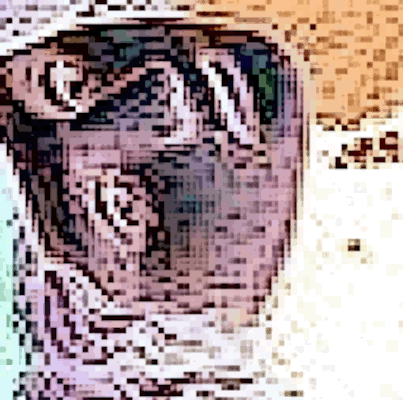
Cain was elderly |
|
- And there was an ancient prophecy that Cain would die
at the hands of one of his descendants, so Lamech fulfilled,
completing the circle of the curse.
- Lamech's fate was
linked to Cain since the very beginning and he
became the executor of an ancient will that passed through the
centuries, eventually it was bound to happen.
- He was
perhaps the last ancestor of Cain who bore the Seal of Cain.
|
Joseph Smith’s complete translation of the Bible – amazingly, Joseph Smith corrected translations for more than 3,900 verses from the KJV Bible
(divinecode.page)
|
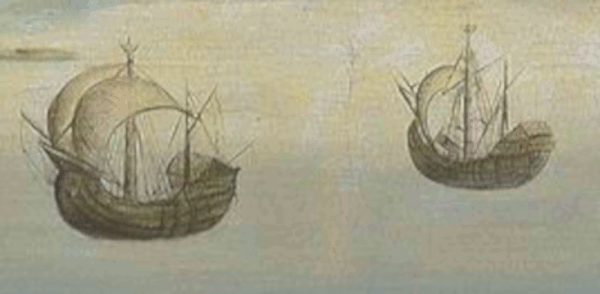
Land of Nod |
|
- After this event, the Bible no longer mentions the
descendants of Cain, as if his lineage ceased to exist.
-
Many believe that Lamech completed this curse and it has come
to an end.
- However, a King James Bible translation by Joseph Smith, mentions that Lamech having entered into a covenant with Satan, after the manner of Cain, wherein he became Master Mahan, master of that great secret
(society) which was administered unto Cain by Satan.
|
And their works were abominations, and began to spread among all the sons of men. And it was among the sons of men.
And among the daughters of men, these things were not
spoken; because that Lamech had spoken the secret unto
his wives, and they rebelled against him, and declared
these things abroad, and had not compassion. (Genesis 4:39-40)
|
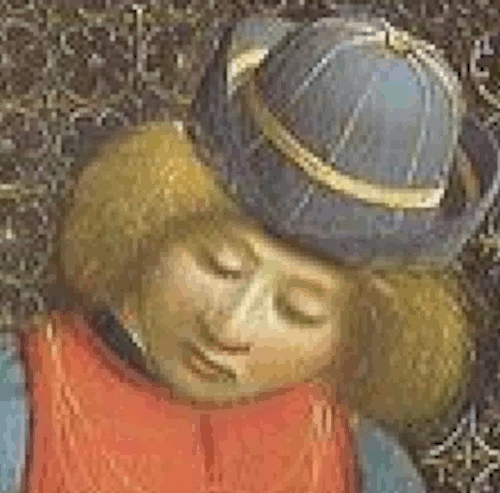
Irad son of Enoch |
|
- And Irad, the son of Enoch, having known their secret, began to reveal it unto the sons of Adam; wherefore, Lamech, being angry, slew him, not like unto Cain his brother Abel for the sake of getting gain; but he slew him for the oath’s sake.
- For, from the days of Cain, there was a secret combination, and their works were in the dark, and they knew every man his brother.
- Lamech was angry because Irad was revealing the secret
society he had going on with Satan, so much for the 77 times
protection he devised for himself.
- He was boasting and had an exaggerated view of himself
but in the end, he was cursed and humiliated.
- Women were
excluded from this secret oath and this still applies today.
|
Wherefore Lamech was despised, and cast out, and came not among the sons of men, lest he should die. (Genesis 4:41)
|
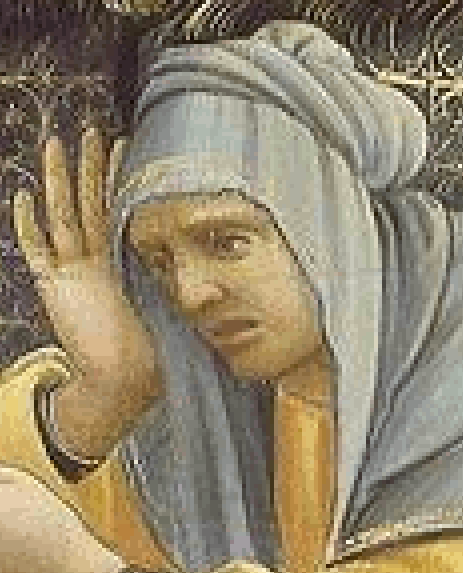
Caananite cursed |
|
- This has been the father, or the king, the
fleshly king, Malik.
- All the Caananites, among others,
carried their line back through Naomi to Lamech so this is
where we get this Molech and the Amalekites.
- The curse of
Caanan comes from the curse of Lamech.
|
Amalekite, member of an ancient nomadic tribe, or collection of tribes, described in the Old Testament as relentless enemies of Israel, even though they were closely related to Ephraim, one of the 12 tribes of Israel. The district over which they ranged was south of Judah and probably extended into northern Arabia.
(Assistant)
|
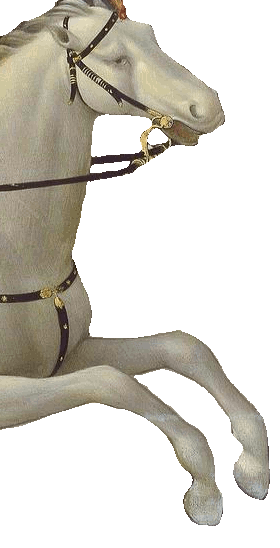
Melchizedek priesthood |
|
- The Eleusinian Mysteries were the mysteries of this
widow who lost her husband and it is the higher priesthood, or
the Malik-zedek (Melchizedek).
- Malik meaning angel and
zedek meaning righteous, so he was the King of Righteousness.
- It is this higher priesthood of the Caananites and remember,
this great priesthood at Uru Salim was also called Adoni-zedek.
- According to the
Midrash, the name Adoni-zedek is translated as 'Master of Zedek' that is,
'of Jerusalem.' the city of righteousness.
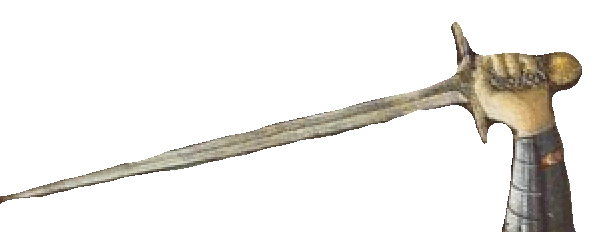
Philistine king |
|
- Adoni-zedek
came after Melchizekek and there were many priests down the
line and then we get to Abimelech, or Father Molech.
- Abimelech is a name or title meaning 'my father is king'
and in the Hebrew Bible, it was used as a generic name for Philistine kings.
|
The name Adoni-zedek follows a pattern of the great Melchizedek from the days of Abraham. Literally the name means "Lord of Righteousness (or Justice)". This is much like Melchizedek, which means "King of Righteousness." The similarity may show a connection to the early history of the city.
(Assistant)
|
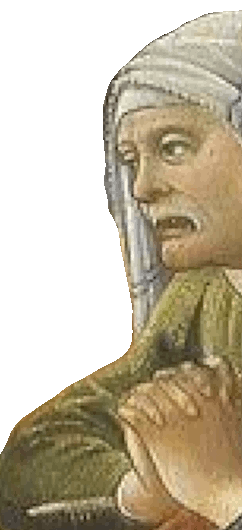
Sarah |
|
- There was a story about Sarah who was childless and she
was 100 years old because the Lord promised a child from this
union.
- But there was no child and Sarah and Abraham
laughed and joked about it as her age advanced.
- To show you that it was a
miracle that the flesh would be someday redeemed, a child
would somehow happen.
- The moment that Sarah went to
live with Abimelech, Father Molech, it doesn't say how long
she stayed there, but when she went back to Abraham, shortly
after, a child was born.
|
Sarah and Abraham were a couple in the Old Testament, known for their pivotal role in the biblical narrative and their journey of faith. Abraham, originally named Abram, was called by God to leave his homeland and embark on a journey to Canaan, a land promised to his descendants. His wife, Sarai, later renamed Sarah, initially struggled with infertility, but ultimately, through divine intervention, she gave birth to Isaac, fulfilling God's promise.
(Assistant)
|
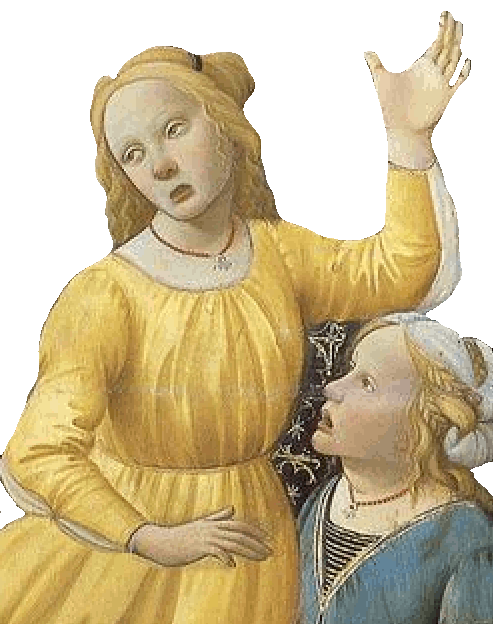
Line of the seed |
|
- There is something to this promised seed, or the line
of the woman's seed.
- We won't go into all of it but
there's a northern part of the story that comes from Bethel
that we don't know much about, after Israel was divided into
two.
- That's where the 10 tribes, the northern
tribes, came from and they were the diaspora, the lost tribes,
that were scattered to the north and up
into Greece.
- These are the temples of Aphrodite and
Artemis of the continuation of the lineage of the woman and
Bethel, or House of El.
- Remember, Jesus came from the southern tribe
of Judah from Jerusalem.
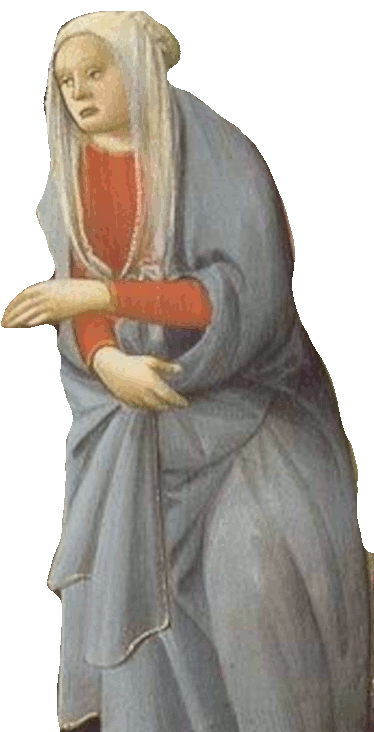
Widow |
|
- So we see, all these mysteries were resurrected,
Elijah, remember when Jesus questioned whether there were
widows in Israel?
- Why, because he was referring to the
Jewish who didn't have a higher priesthood, they had the lower
priesthood, Aaron, brother of Moses.
- Why did Elijah go to Syria or to
the Philistines, or up north, and they had a woman there who fed
him.
- The food was spiritual food, the higher food that
was sustaining so these are the truths of the higher
priesthood.
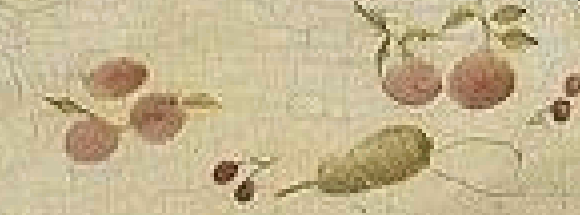
Widow provides fruits |
|
- So the Eleusinian Mysteries are something
that are paralleling and reflecting symbolically the secrets
of the priesthood.
- Elias, or Elijah as we say,
was fed by this widow from Syria from the northern realms from
Dionysus from this place up there by Ephesus or Asia Minor,
which today we call Turkey.
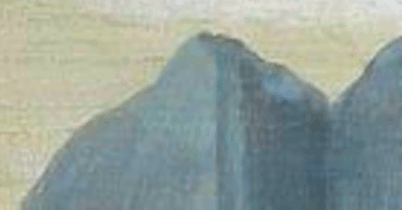
Asia Minor |
|
- In this area of the world, we see in Apostle Peter's
letters and the Book of Revelation, that in all these
places there were Israelites that were dispersed and they were
part of the 10 lost tribes of Israel.
- They all had these
mysteries that are destined again one day to be brought back
and restored.
- The stick of Ephraim will be joined
with the stick of Judah, the stick meaning something you roll
the parchment on.
- It's a book with the sacred writings
and today we have the sacred writings of Judah and the past
200 years we began digging up the stick of Ephraim (Nag
Hamaddi Library and Dead Sea Scrolls).
|
The Apostle Peter wrote two letters in the New Testament, known as First and Second Peter. These letters offer encouragement and guidance to Christians facing persecution, emphasizing themes of hope, resilience, and living a virtuous life.
(Assistant)
|
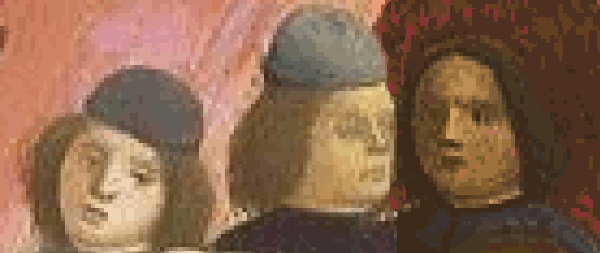
Every tribe and tongue |
|
- Ephraim is the 10 tribes and the scattered nations, a
multitude in the earth of every man, woman and child, as well
as every nation, tribe and tongue.
- Those nations all
around the circuit of Galilee or the circuit of the nations,
their books and their prophets will eventually be restored,
and that is Hinduism, Buddhism, Shintoism, Taoism, Zoroastrianism and
all these spiritual priesthoods that go back to Bethel.
-
This was the central location which was known by the Greeks as
Heliopolis and by the ancient Egyptians as the temple of Ra.
- All the ancient religions of the world that go back to
the teachings of John the Baptist, the forerunner, where the
mysteries came from and Jesus Christ, the pathfinder.
|
The "circuit of Galilee" refers to the practice of Jesus traveling and preaching throughout the Galilee region, a pattern described in the Gospels as a systematic and repeated visitation of its towns and villages. This "circuit" was not random but a deliberate plan to spread his message and perform miracles, with Capernaum serving as a central base.
(Assistant)
|
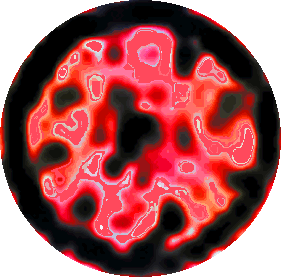
Pomegranate symbol |
|
- These are the continuation, the Eleusinian Mysteries
are the restoration of the Egyptian Mysteries brought back by
Elisha.
- In this temple, just the same as in the Jewish
temple, they had a small basket that had symbols in them, but
we're not told what they were.
- Except for one of the
things in the basket was a pomegranate.
|
On the Mysteries of the Egyptians, Chaldeans, and Assyrians, also known as the Theurgia and under its abbreviated Latin title De Mysteriis Aegyptiorum (On the Egyptian Mysteries; or often simply De Mysteriis), is a work of Neoplatonic philosophy primarily concerned with ritual and theurgy and attributed to Iamblichus.
(Assistant)
|
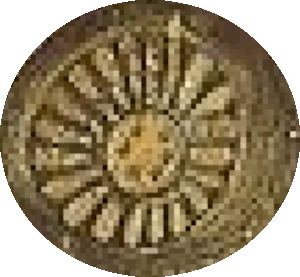
Pomegranate basket |
|
- Many psychoactive agents have been proposed as the
significant element of kykeon, which is in their sacramental
drink, and the bread that they broke together and ate.
-
You can say we don't really know, but it most certainly was a
Sacrament, they did the glossolalia, the speaking in tongues,
the ecstatic dancing, the frenzied, the love feast, this is
something we've talked about before.
- This is the
mysteries of Christianity that were not known to the Judeans
because they divorced the woman and they separated from the 10
tribes, there was an apostasy.
|
The term glossolalia comes from Greek (glōssa meaning "tongue" and lalia "talking") and is translated in the Bible as "speaking in tongues."
(Assistant)
|
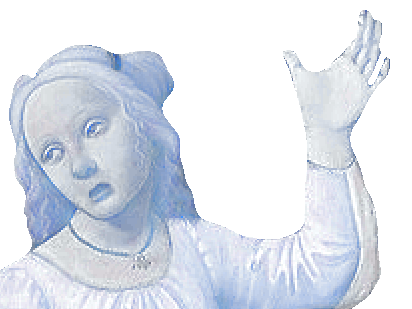
Samaritan woman by the well |
|
- The patriarchal Judeans hated the Samaritan woman by
the well, but you've got to have the well.
- So it was a
secret, now the reason why it was a secret what these things
were in the basket, and in the sacred drink and the sacred
meal, is because they were elements that gave you a
psychoactive experience.
- You had to go to the temple
where they mixed the elixir in exact proportions, and they did
it properly, it wasn't something that was to be used for a
mundane purpose in your household.
- It was something you
did as a spiritual experience, they didn't want the experience
abused.
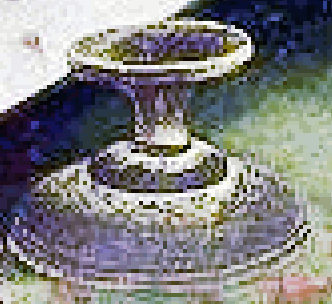
Sacred drink abused |
|
- But unfortunately, that is exactly what happened, they
started abusing these sacraments and we can see this in the
Bible where both Jude and Peter talk about it, as well as
Paul.
- That they changed the charity or the love feasts
and grace of the Lord into debauchery and sensual license.
- And they began to have orgies and they used the sacred drink
and sacrament for improper purposes, for indulgence to get
high and then have sexual intercourse.
- Except that was an
aberration of the original priesthood.
- This is why they
kept these things secret, except they weren't really secret,
they were just done in a respectful way.
|
Though I speak with the tongues of men and of angels, and have not charity, I am become as sounding brass, or a tinkling cymbal.
And though I have the gift of prophecy, and understand all mysteries, and all knowledge; and though I have all faith, so that I could remove mountains, and have not charity, I am nothing.
(1 Corinthians 13:1-2)
|
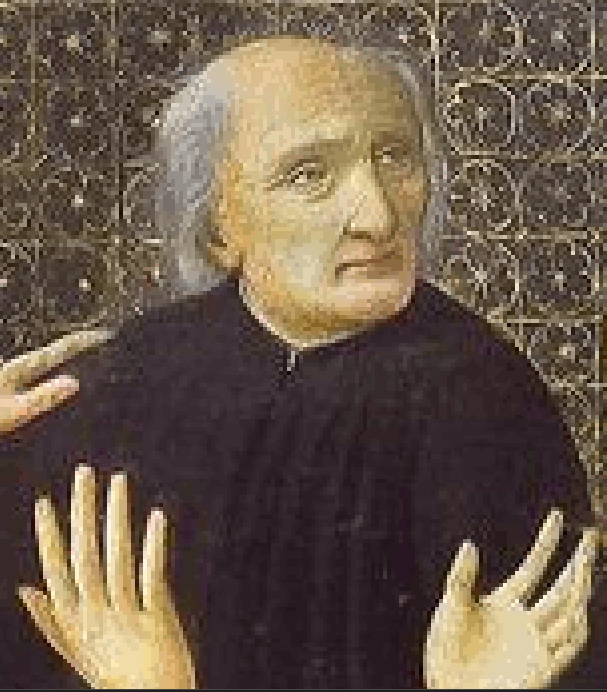
Wise priest |
|
- Those who were worthy, and those priests that had
become wise and could be trusted were entrusted with the
making of these things.
- They would continue to make them
properly and administer them as to not allow them to be turned
into some idolatrous rite.
- Although, eventually it did
get turned into this.
- Some theories suggest kykeon, particularly the version used in the Eleusinian Mysteries, may have contained psychoactive substances, possibly from ergot on the barley, leading to altered states of consciousness.
|
Kykeon was a popular ancient Greek beverage, notably
used in the Eleusinian Mysteries, a religious ritual
in ancient Greece. It was a mixture, often containing
barley, water, and various herbs, and sometimes
included goat cheese or honey. The drink is also
mentioned in Homeric texts like the Iliad and Odyssey.
(Assistant)
|
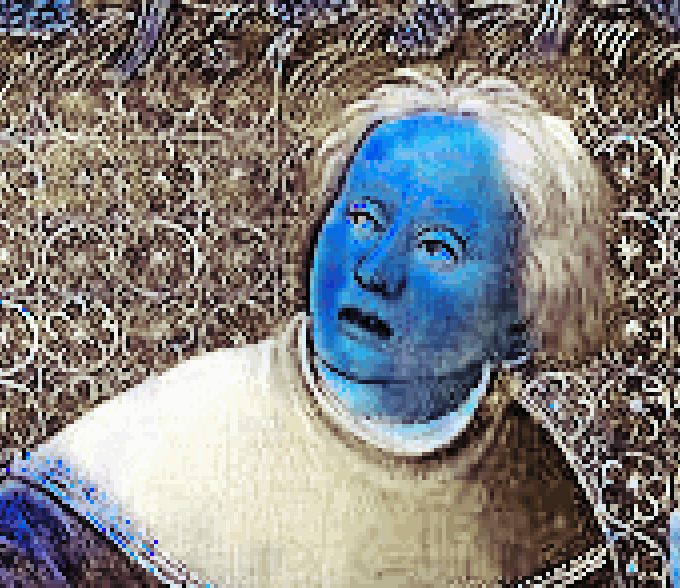
Blue pilled |
|
- There were many who knew about this
sacred drink, but they weren't allowed to talk a lot about it,
but we do know that there were psychoactive agents in it.
- What this is revealing is that they included the
ergot, the Claviceps paspali, a fungal parasite of paspalum,
which contains the alaloids ergotamine, a precursor to LSD and
ergonovine.
- Modern attempts to prepare a kykeon using
ergot-parasitized barley have yielded inconclusive results,
though LSA and ergonovine are known to produce LSD-like
effects.
|
While LSD is typically known for its appearance on blotter paper, it can also be found in other forms including tablets, sometimes called "microdots". Some forms of LSD are also described as blue, according to the DEA Diversion Control. For instance, LSD has been found in gel wraps that look like "bubble-wrap" and are blue. (Assistant)
|
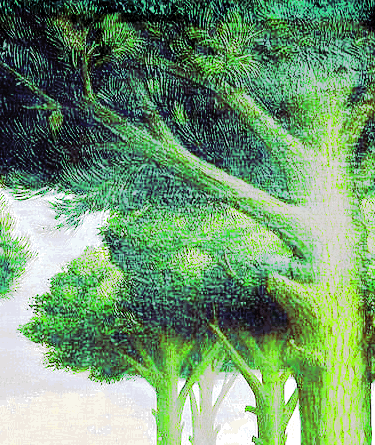
Demeter's vivid harvest results |
|
- Initiates into the Mysteries would consume kykeon during the ritual as a way to experience heightened spiritual states.
- Iliad describes kykeon as a mixture of Pramnian wine, barley, and grated goat's cheese.
- Odyssey mentions Circe adding honey and a 'magic potion' to kykeon.
- Homeric Hymn to Demeter mentions Demeter consuming kykeon made with water, barley, and pennyroyal.
|
She [Persephone] was filled with a sense of wonder,
and she reached out with both hands to take hold of
the pretty plaything. And the earth, full of roads leading every which way, opened up under her. (Homeric
Hymn to Demeter)
|
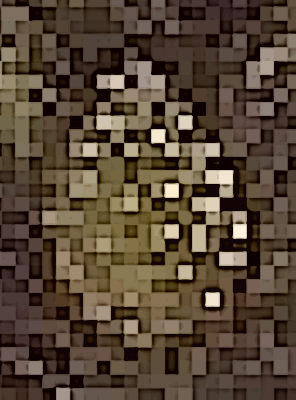
Pineal |
|
- It's the land flowing with milk and honey, which is
the pineal and the pituitary glands.
- In order to wake
those up, it's a psychoactivated event that is done with the 7
fruits.
- Remember the basket that the 12 spies brought up
out of the promised land, one was a pomegranate so large they
had to carry it out on a stick, known as 'the grapes of
Canaan.'
- This symbolizes the
abundance, not only of paradise where we're going to be and
what we need.
|
The Twelve Spies, as recorded in the Book of Numbers,
were a group of Israelite chieftains, one from each of
the Twelve Tribes, who were dispatched by Moses to
scout out the Land of Canaan for 40 days as a future home for the Israelite people, during the time when the Israelites were in the wilderness following their Exodus from Ancient Egypt. (Wikipedia)
|
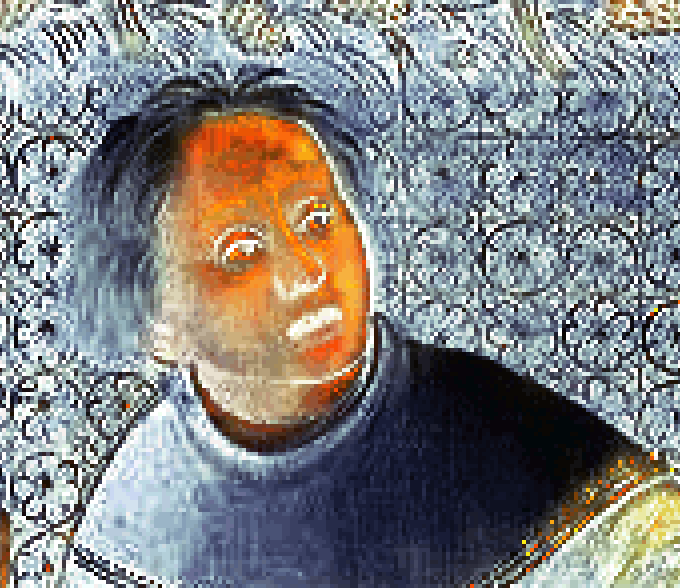
Red pilled |
|
- We do need fruit and food, and we do need to be
abundant.
- The sacred food itself literally causes the
emotional high, the psychoactive high and the communion with
the divine angels.
- This is where we get the speaking in
tongues or the tongue of angels.
- So now we know that
ordinary wheat gets a fungus that the ancients knew how to
turn into psychoactive ingredients, and this is like yeast as
well, it's fermented and it turns psychoactive.
|
Jesus also used this illustration: “The Kingdom of Heaven is like the yeast a woman used in making bread. Even though she put only a little yeast in three measures of flour, it permeated every part of the dough. (Matthew 13:33)
|
 |

|
|
Pomegranate wine |
- The same is also said for pomegranates and grapes, you
leave the juice out and mold grows on it that ferments and
turns it to wine.
- In the Bible, it says that wine makes
the heart merry, and think about it, if wine makes the heart
merry, how much wine does it take you to get merry, usually
just a cup.
- It also tells you not to be a drunkard, which
a word that is the same as glutton.
- Does this mean that
you don't eat or drink anymore, no it just means that you
don't in such excess that you're stumbling around and you're
addicted and you can't stop drinking wine until you die.
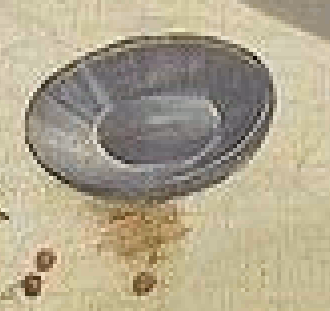
Pomegranates and grapes |
|
- That's what a glutton is, they're running around
staggering drunk and they don't know what they're doing.
-
In all things common, they ate the sacred meal every single
day.
- This is not some holy thing done in some temple,
because you are the temple of the living deity.
- And this
abundance must be in you, so every day you must drink the
pomegranate juice with the ergot that grows on the wheat.
-
So what is this promised land, well, it's a world that's
restored, a world that we want to live in and it isn't in
Palestine (Israel).
|
What agreement is there between the temple of God and idols? For we are the temple of the living God. As God has said:
“I will live with them
and walk among them,
and I will be their God,
and they will be my people.” Therefore,
“Come out from them
and be separate,
says the Lord.
Touch no unclean thing,
and I will receive you.” (2 Corinthians 6:16-17)
|

Whale |
|
- Paradise is within you, and it's got to manifest
within to the outside of you.
- The rivers of the water of
Eden flowed out of Eden and the rivers of life flowed out of
your innermost being.
- Except you can't get that water
flowing unless you have that woman standing by the well
drawing the water out.
- The woman gave some water to
Jesus, and another woman gave some to Moses the same way.
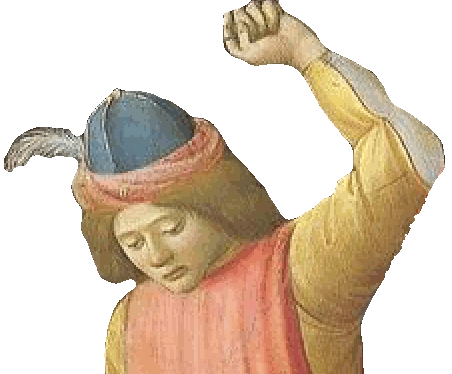
Jacob |
|
- And then Rachel (Ra-el) gave Jacob the light after Jacob,
tired of fighting with the law of this carnal world, during
the darkness all night long, finally defeated the avenger,
YHWH, or death known as the lower ego.
- Jacob defeated him
when he became One with Ra-el or the light, the ray of the
light, the ray of the soul and the Sol (sun).
- Ra-el shown
over the horizon at the moment that dawn came, and Jesus was
raised from the dead when Mary Magdala, the High Priestess of
the tower, came at dawn, on the first day of the week, or the
new beginning.
- The 8th day and they broke bread and ate.

Disciples walking to Emmaus |
|
- If you look in the Bible for the story about Jesus on
the road to Emmaus (Heliopolis).
- While traveling to Emmaus, the disciples are discussing the recent events surrounding Jesus' crucifixion and burial, unaware that the stranger walking with them is Jesus himself.
- Jesus interprets the scriptures, explaining how they foretold his suffering and resurrection.
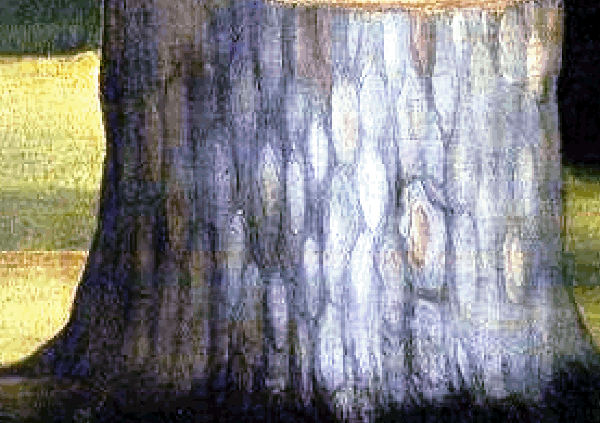
In everything |
|
- Upon reaching Emmaus, they invite the stranger to dine with them, and at the breaking of bread, the disciples recognize Jesus, who then vanishes.
- This encounter highlights themes of hope, faith, and the importance of recognizing Jesus in everyday experiences.
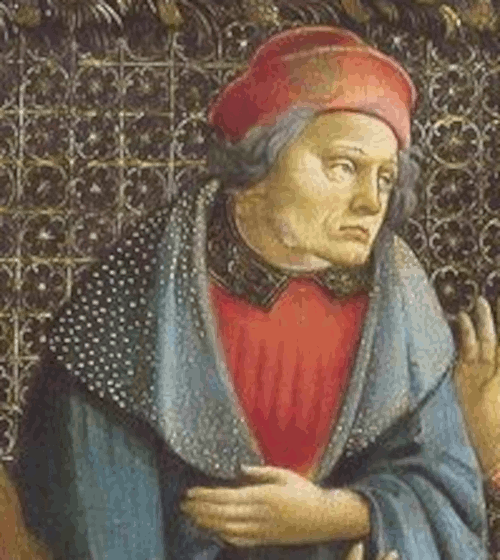
Paul |
|
- Emmaus, the city of An (John) and on the road there
they still were blind and didn't recognize the Christ within
them, but they finally met the Christ on the road.
- People
are all upset because Paul wasn't one of the original Apostles
that was walking around with Jesus during his ministry.
-
But Paul didn't meet Jesus until he was on the road to
Damascus and he was on the road to Corrinth and Ephesus
because they had the higher priesthood there.
- However,
the central priesthood that was also brought to Ephesus, and
other places in the world, was at Heliopolis, which is Emmaus.
|
While Apollos was at Corinth, Paul took the road through the interior and arrived at Ephesus. There he found some disciples
and asked them, “Did you receive the Holy Spirit when you believed?”
They answered, “No, we have not even heard that there is a Holy Spirit.”
So Paul asked, “Then what baptism did you receive?”
“John’s baptism,” they replied.
Paul said, “John’s baptism was a baptism of repentance. He told the people to believe in the one coming after him, that is, in Jesus.” On hearing this, they were baptized in the name of the Lord Jesus. (Acts 19:1-5)
|

Foggy understanding |
|
- The other disciples also did not recognize Jesus, the
true Jesus, or understand the truth.
- They may have been
taught for 3-1/2 years by Jesus, but they understood nothing.
- In fact, Peter betrayed Jesus by denying him three times
before His end.
- Finally though, when Peter, James and
John were on the road to Heliopolis, Jesus came and they broke
bread and it says while they were breaking bread, their hearts
began to burn within them, and they recognized him.
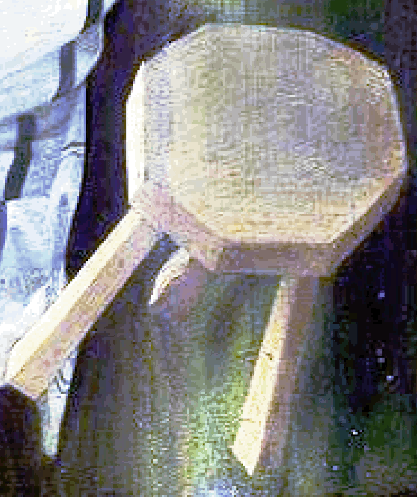
Milkmaid stool |
|
- Their eyes were opened and they recognized Jesus, they
had a spiritual experience from eating the sacred bread
because it is a psychoactive experience.
- The bread and
wine are the Sacrament, and they are what cause the land to be
flowing with milk and honey.
- You don't have to worry
about your pineal gland being calcified if you're eating the
right food.
- Plus, you should activate it every day
because these psychic chemicals, or phytochemicals, that are
in the plants are what gives us the experience, or the
communion.
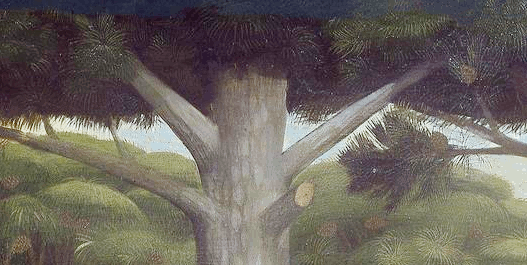
Canna land |
|
- Now you know why your controllers have a 'War
on Drugs' and Jesus annointing oil contained cannabis as one
of the ingredients.
- A study published in Tel Aviv found residues of cannabis and frankincense on altars at the Judahite shrine of Tel Arad, dating to the 8th-century BC.
- The researchers believe the cannabis was likely burned for its psychoactive effects in rituals
making this discovery is the first evidence of cannabis use in the Ancient Near East.
- It is speculated that similar practices may have taken place at the First Jewish Temple in Jerusalem.
- Some scholars theorize that the Silk Road, which connected Asia to the West, might have played a role in the dissemination of cannabis information and possibly the substance itself.
|
Every moving thing that lives shall be food for you. And as I gave you the green plants, I give you everything. (Genesis
9:3)
|
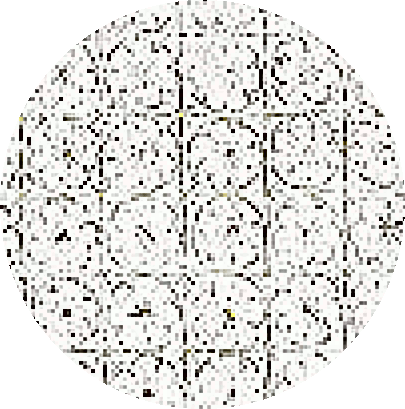
Communion |
|
- The communion is a supper, and Jesus says that he
stands at the door and he knocks, and whoever will open the
door he'll come in and have fellowship, and this also means
communion.
- And we will have communion with the father,
and the son, and the angels because they're all there with
you.
- But the communion is by the psychoactive experience,
with the sacred meal.
- This is the sacred food, it's not
something we only do on Friday, or only on the Sabbath, or
only in a temple, or only administered by a priest.
- Ultimately, this is the
promise for each of us, those who received the secret, those
who see the Lord, and recognize him, and partake when he says,
'Take ye, eat this.'
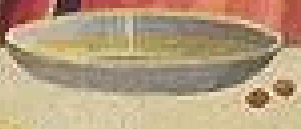
Partake |
|
- It's a commandment and Jesus commanded us to partake
and those who will partake, will see the Lord.
- This is
the part you've never been told, not only will you have
communion with the Lord, and one another, because Christianity
is a communal organization, one with another, sharing
everything we have.
- Not our wives of course, but sharing
everything else, our food, our love, our brothers and sisters
and all things in common, it's not just about communion with
the Lord.
- It's a permanent communion, and opening of the
chakras, it's the energies flowing.
|
Grapes |
|

Abundance |
|
- Grapes and grapevines are mentioned throughout the Bible, holding both literal and symbolic significance.
- They represent abundance, blessing, and God's provision, but also can symbolize Israel's faithfulness or disobedience to God.
- Grapes were a staple crop, used for food, fresh grapes and raisins, and for making wine, which had ritualistic and social uses.
-
The vineyard is often used as a metaphor for Israel, with fruitful vines representing a faithful nation and wild grapes or an empty vine representing disobedience.
|
The angel gathers grapes of the earth and casts them into the winepress of God's wrath. (Revelation 14:19-20)
|
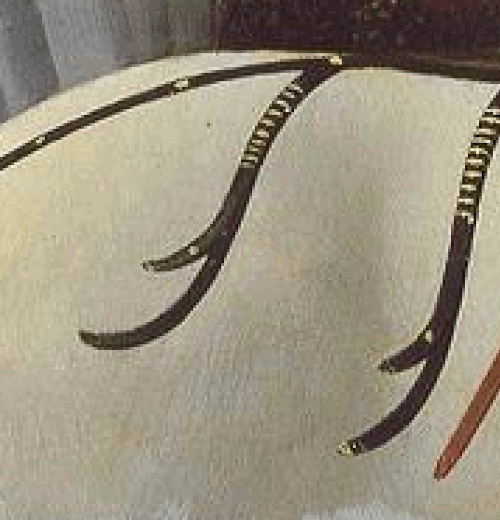
Vining |
|
- In the New Testament, Jesus identifies himself as the
'true vine' and his followers as the branches, emphasizing the connection between believers and Christ.
-
Winemaking with grapes has ancient roots, dating back thousands of years.
- Wine was often diluted with water, especially in social settings, to reduce its potency.
|
The last few years have seen the horse has remade its appearance in the vineyards, especially those that are worked organically. Of course, it is a wonderful sight to watch these beautiful animals working between the rows of vines. (grapesandcorks.com)
|
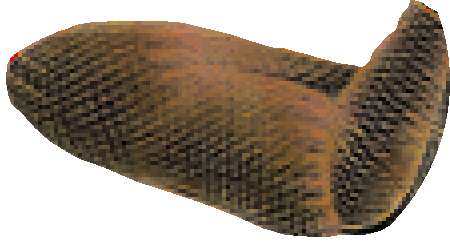
Bota bag |
|
- Evidence suggests winemaking began in the Caucasus region around 6500 BC, with ancient civilizations like the Egyptians, Greeks, and Romans further developing and spreading the practice.
- Egypt was known for large-scale wine production and its presence in tombs and religious ceremonies.
- Grapes and wine in Egyptian culture symbolized revitalization and rebirth.
- Many popular wine grapes cultivated today have ancient origins, with some being traced back to varieties used by the Romans.
|
And Pharaoh's cup [was] in my hand: and I took the grapes, and pressed them into Pharaoh's cup, and I gave the cup into Pharaoh's hand. (Genesis 40:11)
|
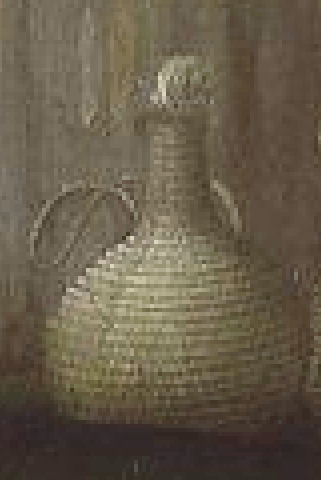
Amphorae vessel |
|
- While technology has advanced, some modern winemakers still employ traditional methods like foot treading or aging wine in clay vessels (amphorae).
- The core process of turning grape juice into wine using
natural yeasts found on grape skins and in the air would cause
fermentation.
- Under the right climatic conditions, grapes will literally
'ferment on the vine.'
- The berries are attacked by molds, which concentrate the sugar and yield a product of higher alcoholic content upon fermentation.
|
Jesus uses the imagery of the vine and branches to teach about his relationship with his followers. (John 15:1-8)
|
|
Figs |
|
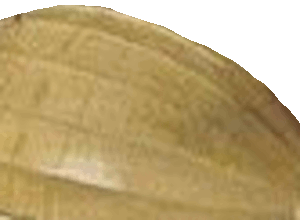
Staple fruit |
|
- Archaeological evidence suggests figs were cultivated as early as 11,400 years ago, predating other staples like wheat and barley, making them one of the first cultivated crops.
- They were found at Neolithic sites in the Jordan Valley, suggesting early farmers incorporated them into their diet.
- Figs are also mentioned in ancient texts and religious traditions, highlighting their cultural significance.
- They hold symbolic meaning in various cultures, representing fertility, abundance, peace, and prosperity.
|
Take us the foxes, the little foxes, that spoil the vines: for our vines [have] tender grapes. (Song of Solomon 2:15)
|

Fig tree |
|
-
The fig tree appears repeatedly in both the Old and New Testaments of the Bible
and some scholars believe the forbidden fruit picked by Eve
was a fig rather than an apple.
- One of the most well-known mention of figs is in the Bible. Adam and Eve had been described as clothing themselves with fig leaves in the Garden of Eden.
- In culinary history, figs were used to sweeten all types of desserts before the widespread use of sugar.
- Figs flourish in hot, dry climates and the fruit requires the all-day sun to ripen.
|
Figs were also a mainstay for ancient Egyptians. It was found that they cultivated Ficus sycomorus and farmers used trained monkeys to harvest the fruits. Aside from eating them, pharaohs were buried with dried figs to be used as sustenance for their journey into the afterlife. (figara11.com)
|
|
Olive Oil |
|
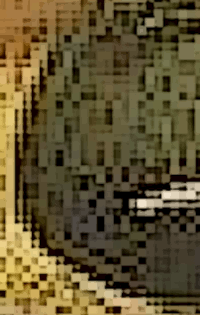
Olive |
|
- Wild olives originated in Asia Minor (majority of modern day Turkey) approximately 6,000 years ago.
- Historically, olive oil was used for many purposes including religious rituals, medicines, fuel in oil lamps, soap-making, and skin care application.
- Some scholars have argued that olive cultivation originated with the Ancient Egyptians.
- Olives have also been found in Egyptian tombs from 2,000 years BC.
|
The modern olive tree likely originated in ancient Persia and Mesopotamia, then spread towards Syria and Israel in the Mediterranean Basin, where it was cultivated and later introduced to North Africa. (brightland.co)
|
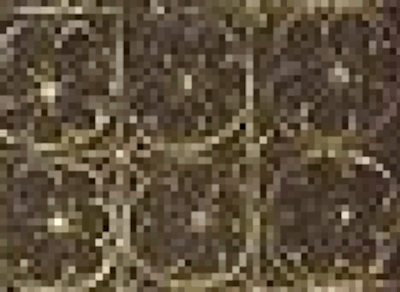
Olives |
|
- Unlike a lot of other foods, olives don't seem to have undergone many radical changes during cultivation from their wild ancestors, though the exact history of domestication is still somewhat of a mystery.
- Olive trees can also be exceptionally long lived if properly cared for, with some that are centuries old still being harvested today.
-
Even in ancient times there were different 'grades' of oil, varying in quality and taste.
- Romans extracted olive oil by pressing the olives with
animal powered stone mills using donkeys, mules or oxen, and
then pressing the crushed paste in a bean press.
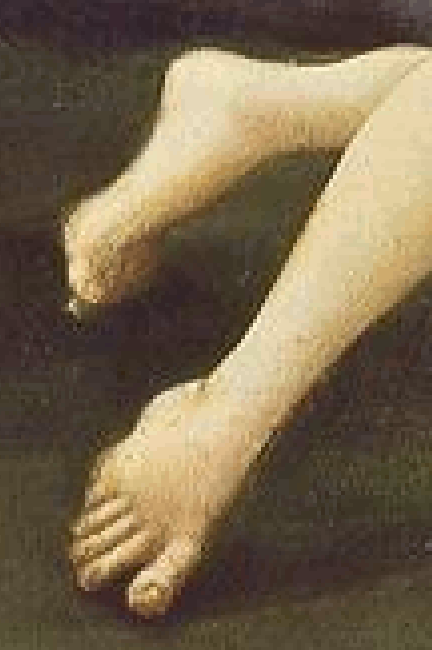
The wedding |
|
- There are 7 fruits in the basket and there are 7
chakra's and the crown chakra, it is the hieros gamos, the
wedding.
- The only way to be truly One is to find your
soulmate, and the only way to achieve that is to be pure.
-
You have to have faith, and add to that knowledge, and then
add to that brotherly love, and then add agape.
- As far as
humans, the only way to attain unto that is to be at One.
-
The attonement, which has something to do with the wedding.
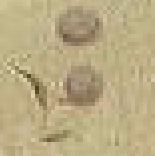
The feast |
|
- At this wedding there's going to be a feast, and the
universe, the world, is a feast.
- This is what you do
every day, you wake up and you plant the garden and make love,
and this is the feast.
- Solomon talking about the great
love he had with the Queen of Sheba which is the story of our
life every day, as a communal order, we partake of the fruits
of the promised land and commune with the Lord.
|
You are a garden locked up, my sister, my bride; you
are a spring enclosed, a sealed fountain. Your plants are an orchard of pomegranates
with choice fruits,
with henna and nard,
nard and saffron, calamus and cinnamon, with every
kind of incense tree, with myrrh and aloes and all the
finest spices. You are a garden fountain,
a well of flowing water
streaming down from Lebanon. (Song of Solomon 4:12-15)
|
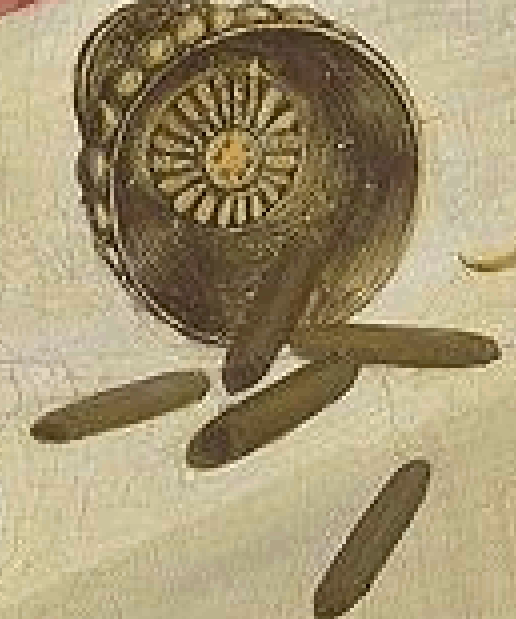
Food of labor |
|
- And we go from this carnal world that is dying, we eat
the food of labor until we die.
- The food is called
lechem, which means cooked and processed, what Jesus called
dead food.
- No fermentation, beware the leven of the
Pharisees, that's dead food, we don't want the bitter herbs of
the Passover, that's dying.
|
By the sweat of your brow you will eat your food until you return to the ground, since from it you were taken; for dust you are and to dust you will return. (Genesis 3:19)
|
|
Mad Honey |
|
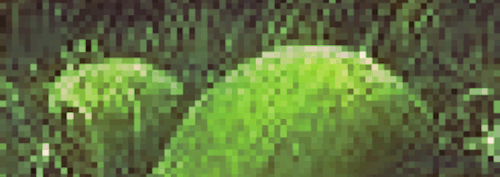
First ripe fruits |
|
- Instead, we want the first ripe fruits, those fruits
have mold, they turn, they ferment.
- They are joy, it's a
celebration, it's Pentecost, and that is the day that the
wedding is held, the day of the great harvest.
- Wheat and
barley, vines, which would be grapes, pomegranates, fig trees,
olive oil, and honey.
- Think about it, the bulk of the
ingredients are in the wheat and barley because the fruits
will be used for the wine.
- The olive oil we put in to
make the loaf, and the honey, which by the way, is
hallucinogenic honey.
- All you need are Rhododendron
flowers, which are quite beautiful, and some bees.
|
"Mad honey," also known as deli bal, is honey produced by bees that have foraged on plants containing grayanotoxins, like certain Rhododendron species. This honey can cause intoxication and hallucinogenic effects due to the presence of these toxins. In Turkey, where mad honey production is common, it's consumed recreationally and used in traditional medicine. It is also found in Nepal, where it is used for its hallucinogenic and medicinal properties. (Assistant)
|
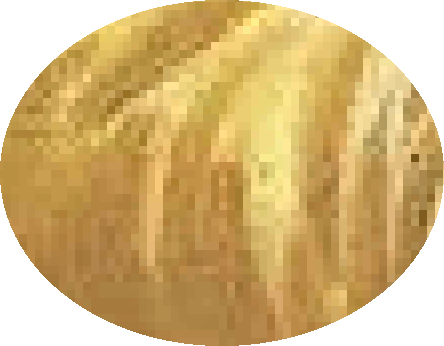
Mad honey
|
|
- Mad honey made from the daffodil at the Temple of
Artemis, it was about bees, the honeybee, the queen bee, the Melissae.
- You can get honey like this from several different flowers,
including both the rhododendron and daffodil, but what we know
today as honey has all been hijacked, oftentimes it's watered
down with corn syrup.
- If you notice today, all the bees
are in captivity, kind of like eating fish from a fish farm,
or a laboratory where they make it.
- Wild honey is
usually psychoactive because it's made from flowers that are
enlightening.
|
But Jonathan had not heard that his father had bound the people with the oath, so he reached out the end of the staff that was in his hand and dipped it into the honeycomb. He raised his hand to his mouth, and his eyes brightened. (1 Samuel 14:27)
|
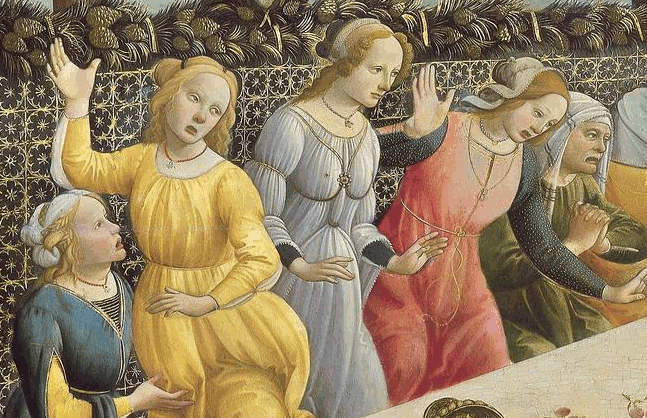
Melissae
|
|
- Just like the disciples ate from the honey and their
eyes were opened.
- The term 'Melissae' (plural of Melissa) was used to refer to priestesses, particularly those dedicated to Demeter and Persephone, who were associated with bees and their symbolism of fertility and abundance.
- Their male priests were called 'Essenes' and this is the
priesthood that was located at the Dead Sea, and we've got the
Zadokite priesthood, which is the Melchizedek priesthood.

With input from David Vose
|
|
- So these 7 ingredients are not meant to be 7 different
things, but must be combined into the Sacrament, and that's
why some of them are juice, and honey, and oil.
- You don't
drink oil by itself, you put it in things, and you put the
honey on top because you want the bread to be tasty.
- And
then you will find the Promised land.
|
Awake, north wind,
and come, south wind!
Blow on my garden,
that its fragrance may spread everywhere.
Let my beloved come into his garden
and taste its choice fruits. (Song of Solomon 4:16)
|
|

